In an era where marketers juggle a dozen platforms before breakfast, choosing the right marketing channels has never mattered more.
The best marketing channel strategy isn’t about chasing trends, it’s about connecting with your audience efficiently, maximizing ROI, and aligning every campaign with a clear purpose.
Without a structured approach, channels overlap, results blur, and performance stalls. The key is to be selective, strategic, and data-driven, building a channel mix that supports growth.
This article walks you through how to choose the right marketing channels by defining your audience, evaluating each option by ROI and scalability, and using data to prioritize what works.
You’ll learn how to audit your current mix, test new channels effectively, and avoid common pitfalls like overlap, saturation, and attribution distortion so your marketing strategy becomes more focused, efficient, and impactful.
The Problem: Why Channel Strategy Often Fails
Many teams still treat marketing channels like a buffet: piling on whatever looks appealing without considering how it all fits together.
Budgets get scattered across platforms, results flatten, and leaders are left wondering which effort actually moved the needle.
When channels overlap, costs rise and attribution gets fuzzy. One campaign cannibalizes another, and performance metrics stop telling a coherent story. The result isn’t a growth engine; it’s noise.
A solid marketing channel strategy brings order to that chaos. It aligns every touchpoint with clear objectives (awareness, acquisition, retention) and ensures each dollar supports a measurable outcome rather than a hunch.
87% of marketing leaders report experiencing campaign performance issues, with poor channel fragmentation and other channel strategy issues being the primary driver.
In other words: it’s not about being everywhere. It’s about being strategic about where and why you show up.
Core Decision Criteria for Channel Selection
A disciplined channel strategy starts with clear evaluation criteria. Each potential channel should be measured against consistent axes, not just gut instinct or trends.
The goal is to understand where your audience actually engages, what outcomes the channel supports, and whether it’s sustainable to scale.

Audience Fit & Presence
The best-performing channels are the ones your audience already lives in.
Before investing, confirm where your target customers spend time and what content formats they respond to: short-form video, newsletters, long-form education, etc.
Funnel Stage & Channel Role
Every channel should serve a defined purpose: building awareness, driving acquisition, or nurturing retention.
Mapping this alignment ensures you’re not running top-of-funnel tactics where conversion is the goal, or vice versa.
Cost vs. Scalability
Evaluate each channel’s economics over time. Some channels deliver strong ROI early but taper off as competition rises or bids inflate.
Assess both upfront costs (setup, creative, tech) and marginal costs (CPC, CPM) to gauge long-term scalability without diminishing returns.
Resources & Capability
Even high-potential channels fail without proper execution. Do you have the in-house skill sets (copywriting, design, ad operations, data analysis) to manage the channel effectively?
If not, factor in outsourcing costs or training time before committing.
Measurement & Attribution Feasibility
If a channel can’t be reliably measured, it can’t be optimized.
Make sure you know how to choose marketing channels that integrate smoothly into your analytics and attribution models, so you can connect spend to results and continuously refine performance.
Differentiation & Saturation
Overcrowded platforms drive higher costs and lower impact. Look for channels where your competitors are not dominant; emerging or underutilized spaces often yield better ROI and creative opportunities.
Agility & Flexibility
Markets shift fast. Channels that allow you to pivot quickly (test creative variations, adjust bids, or redeploy spend) offer resilience in volatile conditions.
Agility often beats perfection in modern marketing.
Channel Types & Their Roles
Before mapping specific channels to your strategy, it helps to understand the broader framework they fall into.
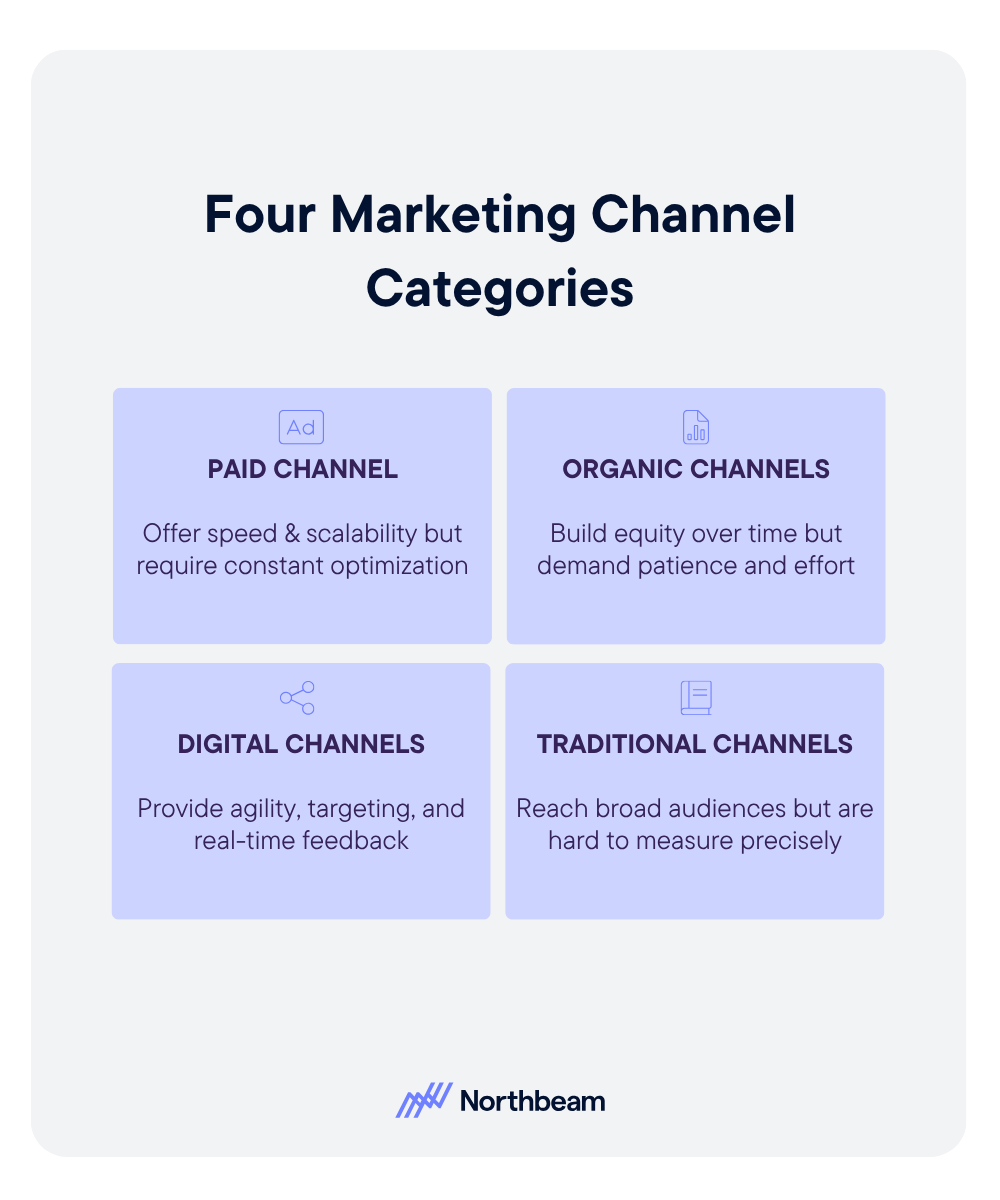
Keen Decision Systems divides marketing channels into four major categories, each with different strengths and tradeoffs:
- Paid channels offer speed and scalability but require constant optimization as costs rise.
- Organic channels build equity over time but demand patience and consistent effort.
- Digital channels provide agility, targeting, and real-time feedback.
- Traditional channels like print, radio, and direct mail reach broad audiences but are harder to measure precisely.
These dimensions highlight key tradeoffs: speed versus sustainability, reach versus control, experimentation versus consistency.
The most effective strategies blend these forces rather than relying too heavily on one.
Once you’ve defined your evaluation criteria, the next step is mapping them to the major channel types within this framework.
Owned/Organic (Blog, Social Media, SEO)
Owned channels are the long game. They require time and consistency but build durable brand equity and compound over months or years.
Blogs, social media profiles, and SEO-optimized content give you full creative control and low incremental cost once established.
They’re ideal for awareness and education but demand patience before measurable ROI appears.
Paid/Performance (PPC, Ads, Sponsored Content)
Paid channels deliver speed and precision. They’re easy to test, quick to scale, and provide fast feedback loops, which is perfect for validating new offers or audiences.
The tradeoff: rising competition and cost volatility. As performance channels saturate, ROI can erode without constant optimization.
Earned/Shared/Partner (PR, Influencer, Content Syndication)
Earned exposure adds credibility and reach you can’t buy directly. Whether through PR mentions, influencer collaborations, or partner syndication, these channels extend your visibility to new audiences and reinforce trust.
However, they’re less predictable and harder to measure, which means they work best alongside more controllable tactics.
Direct/Relationship Channels (Email, In-App, Push)
Direct channels nurture retention and loyalty. They allow you to communicate with customers without intermediaries or algorithms, giving full control over timing and message.
Direct channels also present high potential for personalization, especially when integrated with CRM data.
Hybrid/Emerging Channels (Affiliate, Podcast, Events)
These channels blur the lines between organic and paid. They’re often niche, with lower competition and high creative potential, but require experimentation to find traction.
Podcasts, affiliate programs, and live events can build deep audience engagement if aligned with your brand voice and goals.
Keen’s framework divides channels into paid, organic, digital, and traditional categories to emphasize their different tradeoffs: speed versus sustainability, reach versus control, experimentation versus consistency.
The most effective strategies blend these dimensions rather than relying too heavily on one.
Framework for Building Your Channel Strategy
A channel strategy isn’t a one-time plan, it’s an iterative system for testing, learning, and scaling what works.
The process moves from exploration to execution through a disciplined set of steps that keep decisions data-driven and aligned with business goals.
Audit Existing Channel Performance
Start by taking inventory. Gather data on each active channel’s cost, reach, conversion rate, and incremental value, not just vanity metrics.
Look for overlap between channels (e.g., paid social clicks converting customers already reached via email) and identify attribution blind spots.
This snapshot becomes your baseline for smarter investment.
Hypothesis Scoring & Ranking
Treat each potential channel as an experiment. Score it against your decision criteria, including audience fit, ROI potential, risk level, and resource requirements.
The goal isn’t to predict the future perfectly but to rank channels by the strength of their hypotheses. This keeps you focused on the opportunities with the highest strategic upside.
Pilot & Test Approach
Before you commit to a given budget, validate your assumptions through small-scale pilots.
Keen’s research emphasizes testing early and often: running controlled experiments to see how each channel performs in practice.
Use clear KPIs like cost per lead, engagement rate, or conversion lift to decide what deserves more spend.
Role Definition & Funnel Mapping
Once you’ve identified the most promising channels, assign them clear roles in your funnel. Which ones drive awareness? Which nurture conversion or retention?
Mapping these interactions helps prevent duplication and ensures every channel feeds into the next stage of your customer journey.
Attribution & Feedback Loops
Decide how success will be measured. Whether you use last-click, multi-touch, or marketing mix modeling (MMM), attribution should provide actionable insight rather than inflated numbers.
More advanced teams are turning to Bayesian models for a nuanced view of multi-channel influence. Build dashboards that update automatically so performance data continuously informs allocation.
Scale, Reallocate, and Iterate
Once your tests identify clear winners, double down on what’s working and pause what’s not. Revisit your mix quarterly to adjust for seasonality, cost shifts, or audience fatigue.
Source: Eshghi et al., “Optimal Resource Allocation in Influence Networks,” arXiv:1702.03432.
A strong channel strategy is alive, not static. It grows with your business, your data, and your audience, compounding insight and ROI over time.
Tradeoffs, Risks, & Channel Pitfalls
Even a well-planned channel strategy can stumble if the moving parts aren’t managed carefully. Most failures don’t come from bad ideas, they come from invisible tradeoffs, misaligned timing, or operational friction.
Understanding these pitfalls upfront can help you prevent costly detours.
Overlap & Cannibalization
Not every channel expands your reach. Sometimes two or more hit the same audience, doubling your spend without adding new prospects.
Overlapping audiences between, say, paid social and remarketing can drive up costs and muddy attribution.
Use audience exclusions and cohort analysis to ensure your channels complement, not compete.
Attribution Distortion
When success metrics give too much credit to one channel (for instance, last-click conversions inflating search ROI) teams can make the wrong optimization calls.
Attribution distortion leads to overinvestment in easy-to-measure channels while undervaluing long-term drivers like content or PR. Cross-channel models and data triangulation help correct the imbalance.
Saturation & Diminishing Returns
Paid channels are efficient until they’re not. As spend increases, competition drives up bids and ROI erodes.
Recognizing this curve early lets you shift from high-cost acquisition to nurturing and retention before performance flattens.
Resource Dilution
More channels don’t always mean more results. Spreading teams thin leads to sloppy execution, slow response times, and half-baked creative.
A lean, well-managed mix consistently outperforms an overloaded one. Focus on mastery, not mere presence.
Dependence on External Platforms
Platforms change faster than you can plan. Algorithm updates, privacy policies, or ad pricing shifts can instantly rewrite your playbook.
Balance external reliance with owned channels like email or SEO that you fully control.
Ramp Time Mismatch
Every channel operates on its own timeline. SEO and content marketing may take six months to mature, while paid ads can drive traffic in days.
Mismanaging these timelines (for example, expecting organic to deliver at launch) can create gaps in visibility or pressure on paid spend.
Fragmented Messaging & Silos
When different teams own different channels without coordination, brand voice fractures. Messaging feels inconsistent and customer experiences become disjointed.
Align strategy, creative, and reporting across departments to maintain one cohesive narrative.
A strong channel mix is as much about orchestration as selecting marketing channels. Avoiding these pitfalls ensures your efforts add up to momentum, not noise.
3 Examples For How to Choose the Right Marketing Channels
The best way to understand channel strategy is to see it in action.
Below are three simplified examples that show how different types of businesses apply the same process: hypothesis, test, learn, and adjust.
Example #1: SaaS Startup
A B2B software startup wanted to attract qualified leads for its free trial program.
The team hypothesized that LinkedIn Ads + content download + email nurture would yield the best conversion flow given their professional audience.
After a two-month pilot, they tracked cost per lead (CPL), engagement with gated content, and downstream trial activation.
LinkedIn drove high-quality leads but at a steep cost. However, email nurtures converted 22% of those trial users: a strong retention signal.
The team reallocated part of their ad budget toward organic LinkedIn content and lifecycle emails, improving total ROI by 35%.
Key takeaway: Start broad with paid reach, then shift investment toward owned or direct channels that sustain engagement.
Example #2: DTC Brand
A direct-to-consumer beauty brand launched a new product line and wanted to find which mix of channels would generate both awareness and repeat purchases.
They ran an influencer + paid social + retargeting campaign for six weeks.
Initial metrics showed strong engagement but weak conversion from Instagram ads. Retargeting audiences were small and expensive. By surveying new customers, they learned that many discovered the brand through influencer posts but converted later via email or SMS.
The team reduced social ad spend, doubled down on SMS and push notifications, and built a referral program.
Within one quarter, repeat purchase rate rose by 28% and CAC dropped by 18%.
Key takeaway: Attribution often hides the “real” driver; follow the customer journey beyond the first click.
Example #3: Local Business
A neighborhood fitness studio wanted to rebuild attendance after a renovation, but they’re not sure about the best marketing channels for small businesses.
Rather than rely solely on digital, they paired offline outreach (local events, direct mail) with digital discovery (paid search, local social ads).
Their hypothesis: combining personal community touchpoints with online visibility would amplify trust and bookings. Test metrics included event attendance, coupon redemption, and new membership signups.
The hybrid approach worked: local events converted 1 in 4 attendees, while social ads boosted awareness at minimal cost.
They sustained the model by running one event per quarter, supported by targeted Google Ads and a referral discount.
Key takeaway: Offline and online channels can reinforce each other, especially when community and credibility matter.
Across all three cases, the lesson is the same: an effective channel strategy framework in 2025 is based on data-informed experimentation.
Test assumptions, measure real outcomes, and adjust the mix based on evidence.
Channel Selection Checklist
A great channel strategy doesn’t just live in a slide deck, it’s something you can operationalize and refine over time.

Use this checklist to turn your evaluation into an actionable plan that keeps your marketing mix sharp and accountable:
- Conduct a Channel Audit: Start with what’s already running. Review each channel’s spend, reach, and performance metrics to identify overlap, underperformance, and opportunities to consolidate.
- Interview or Survey Your Customers: Go straight to the source. Ask your audience where they actually spend time and what types of content influence them most. Even a small sample of customer feedback can reveal blind spots in your assumptions.
- Pilot 2-3 New Channels (with Clear Metrics): Instead of spreading thin, choose a few new channels to test deliberately. Define success metrics upfront (cost per lead, engagement rate, retention lift) and evaluate after a fixed test window.
- Define the Funnel Role for Each Channel: Every channel should have a specific job to do. Label it clearly (awareness, acquisition, retention) so your mix stays balanced and your performance data stays interpretable.
- Build or Choose an Attribution Framework/Dashboard: Select a measurement model (last-click, multi-touch, or MMM) that fits your scale and tech stack. Visualize data in a dashboard that lets you see trends, compare channels, and reallocate fast.
- Schedule Quarterly Reviews: Set a recurring cadence to revisit channel performance. Markets, audiences, and costs shift, and your mix should, too. Re-run prioritization each quarter to cut what’s stale and double down on what’s scaling.
A disciplined checklist like this keeps your marketing channels from running on autopilot. Strategy isn’t about doing more; it’s about doing the right things consistently.
Build Smarter, Not Broader
A strong channel strategy isn’t about being everywhere at once. It’s about showing up where it counts with intention, focus, and measurable impact.
Start by auditing what’s working. Then test a few new channels with purpose, and use data to guide every adjustment.
Over time, the result isn’t just better ROI, it’s a marketing engine that compounds insight, efficiency, and trust.
Don’t wait for perfect information. Pick two actions from the checklist above and start this week.








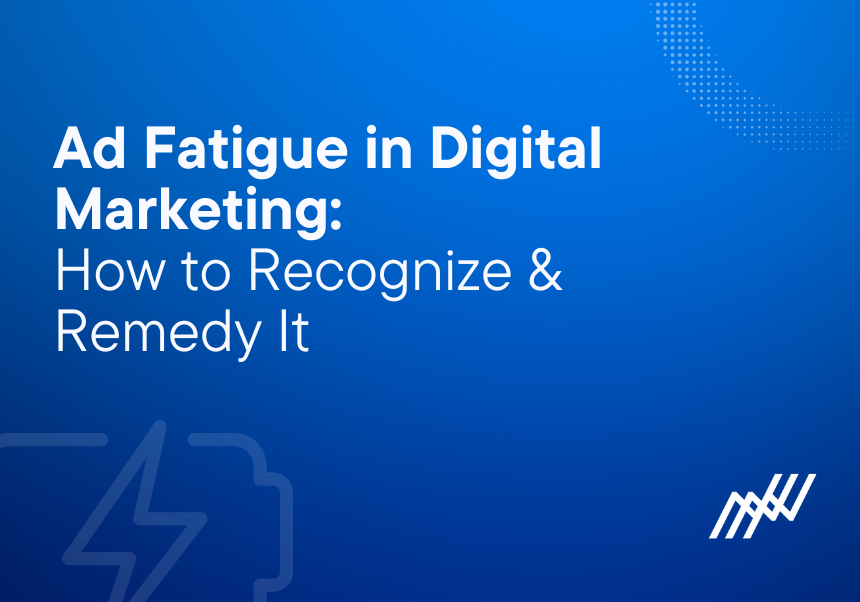
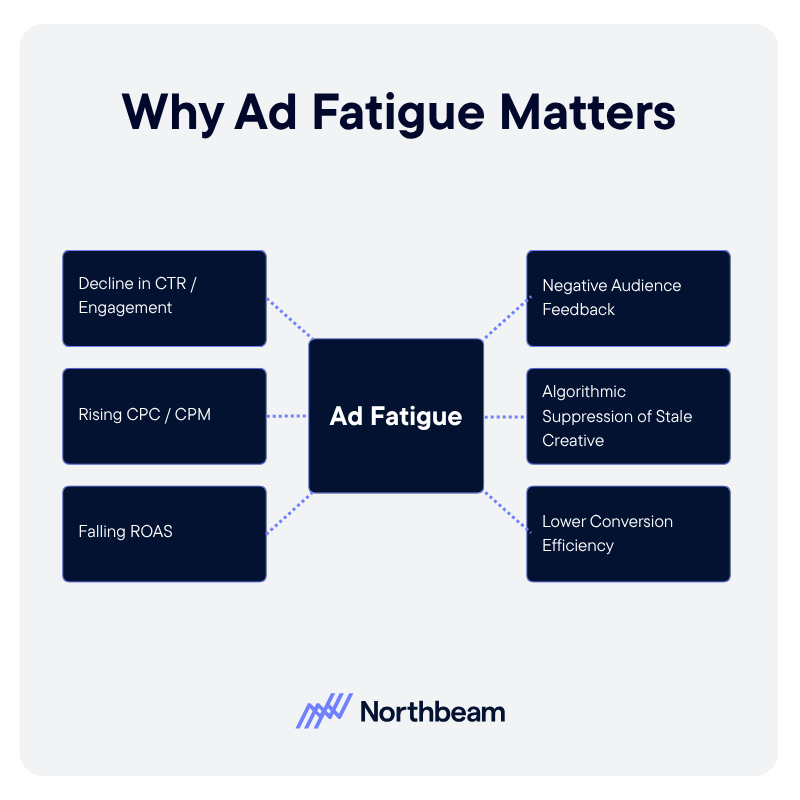
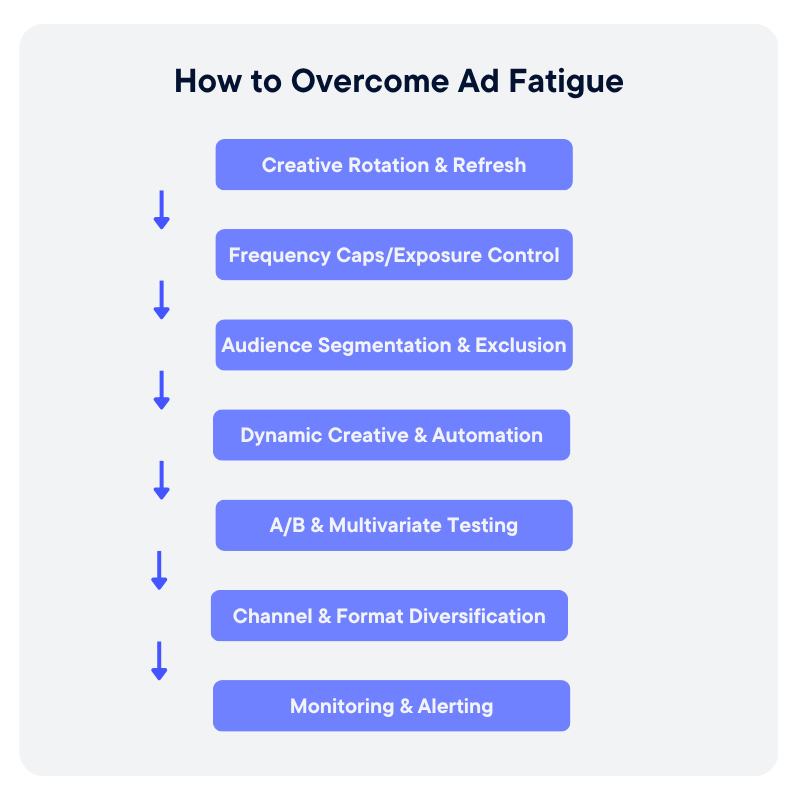


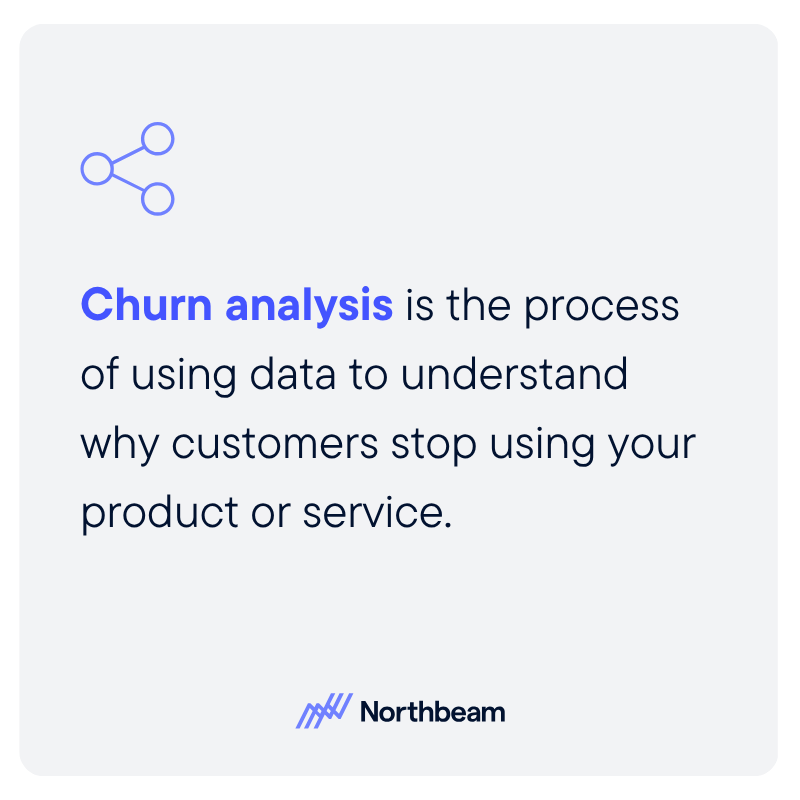
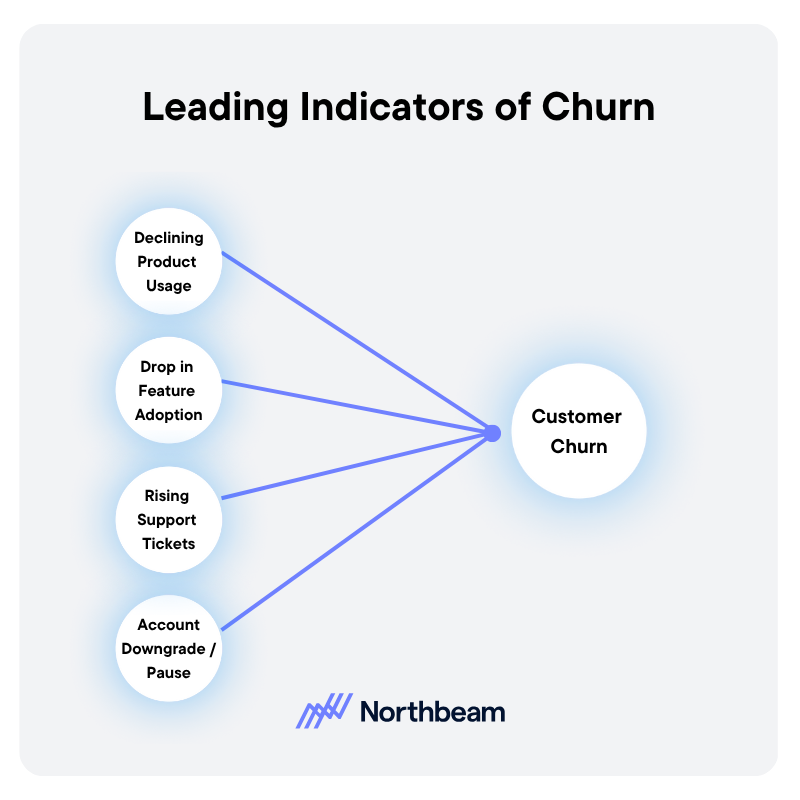
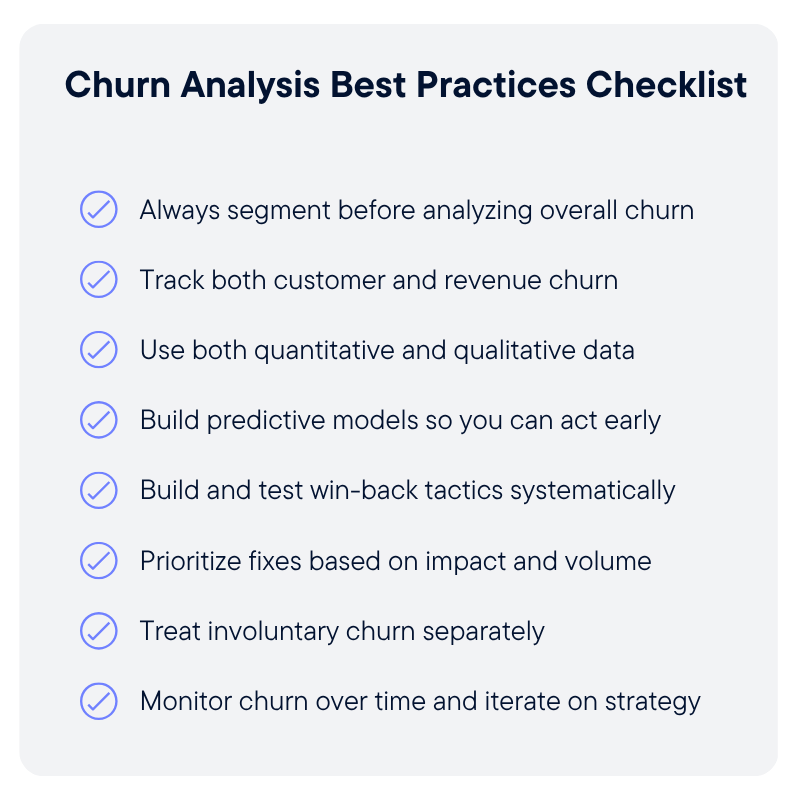
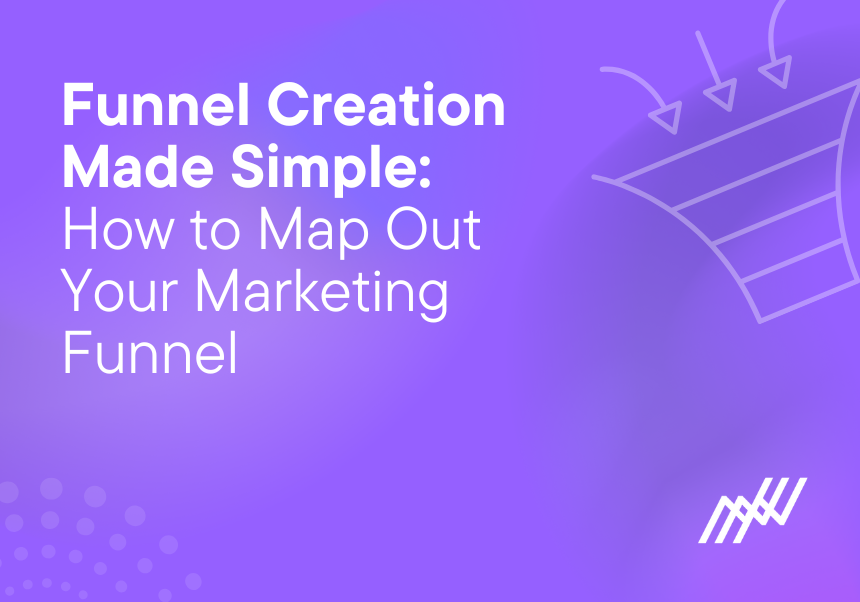
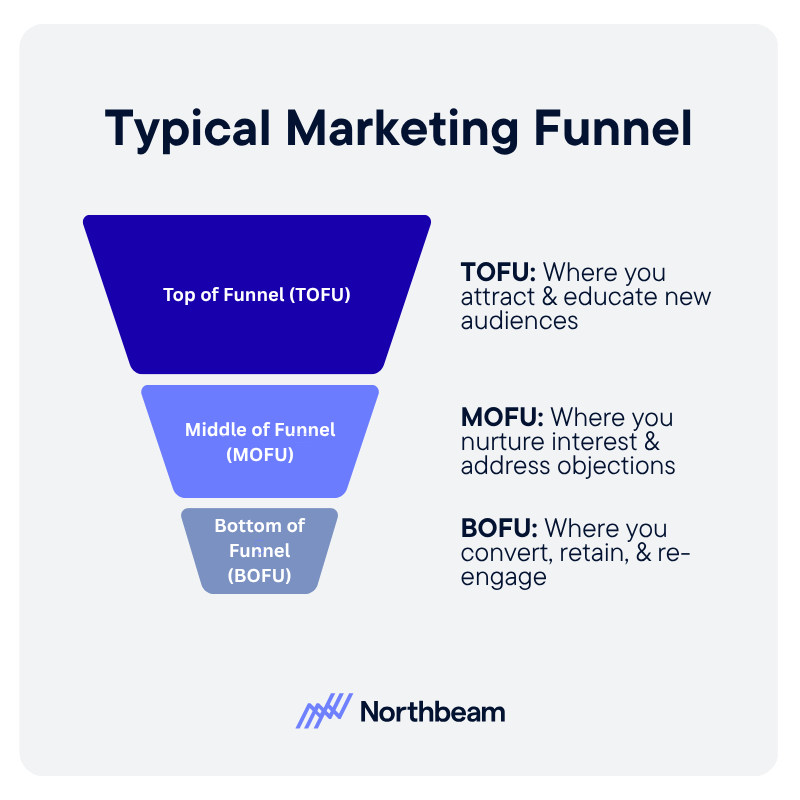
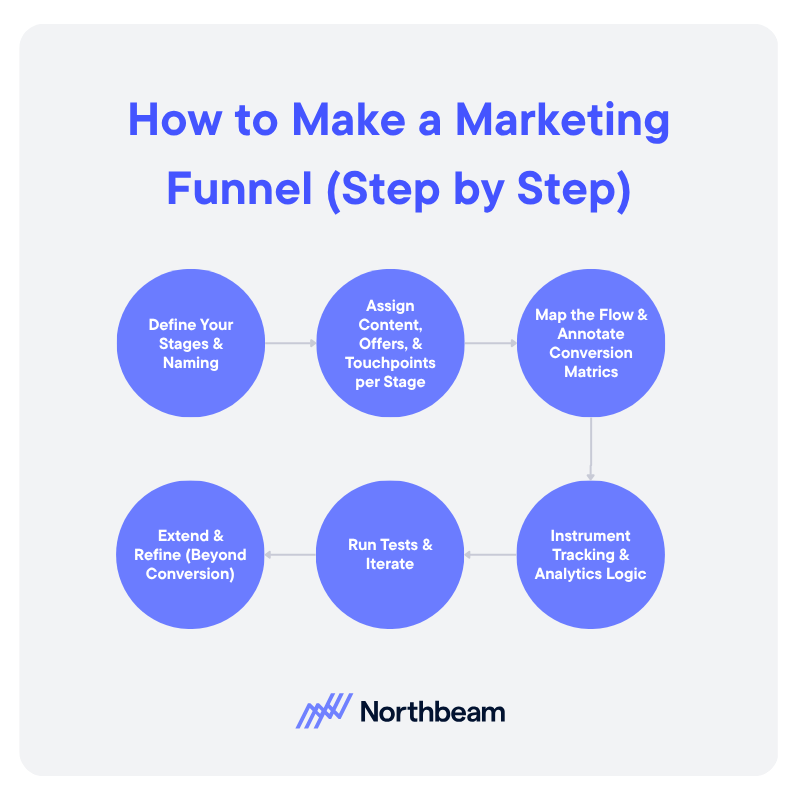
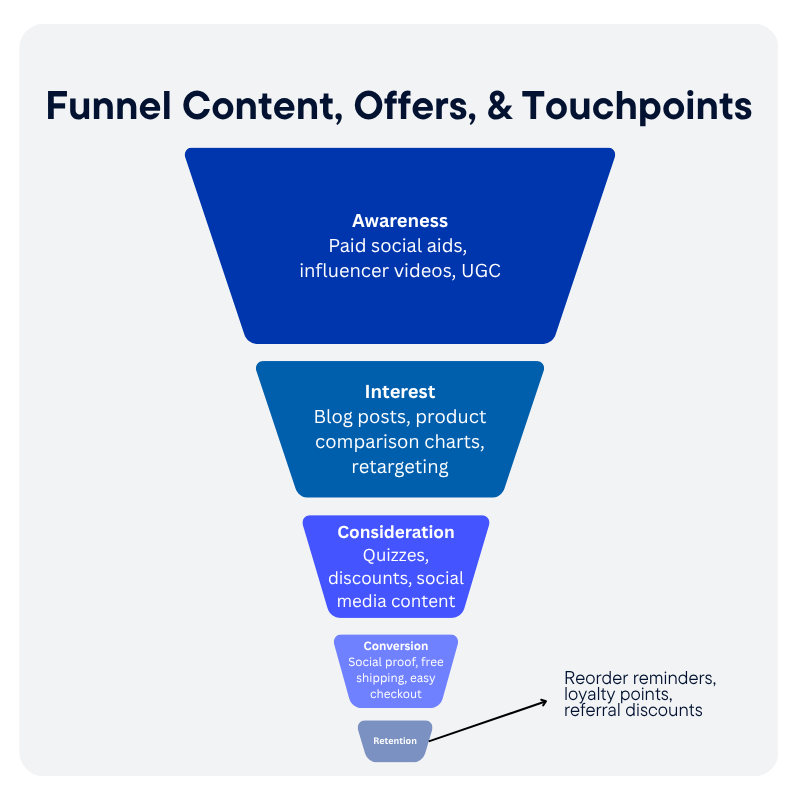
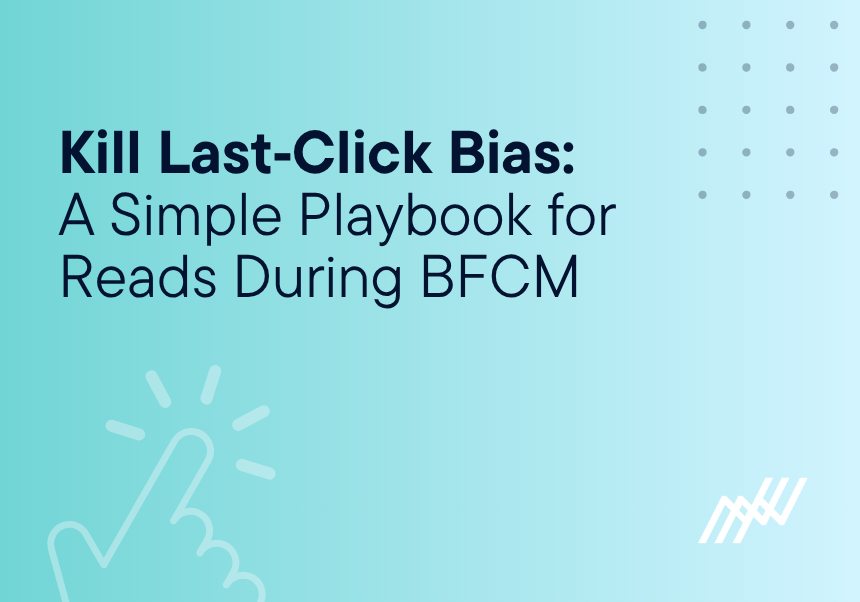



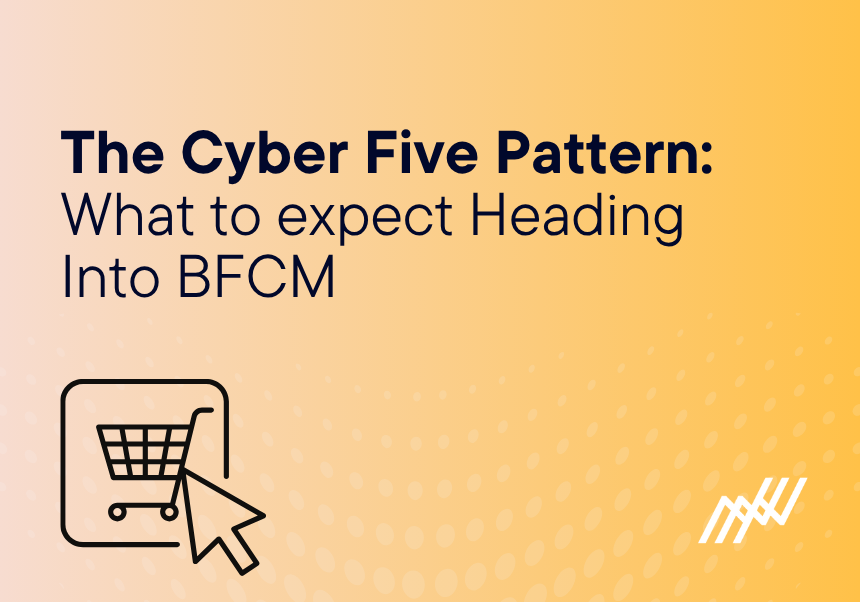


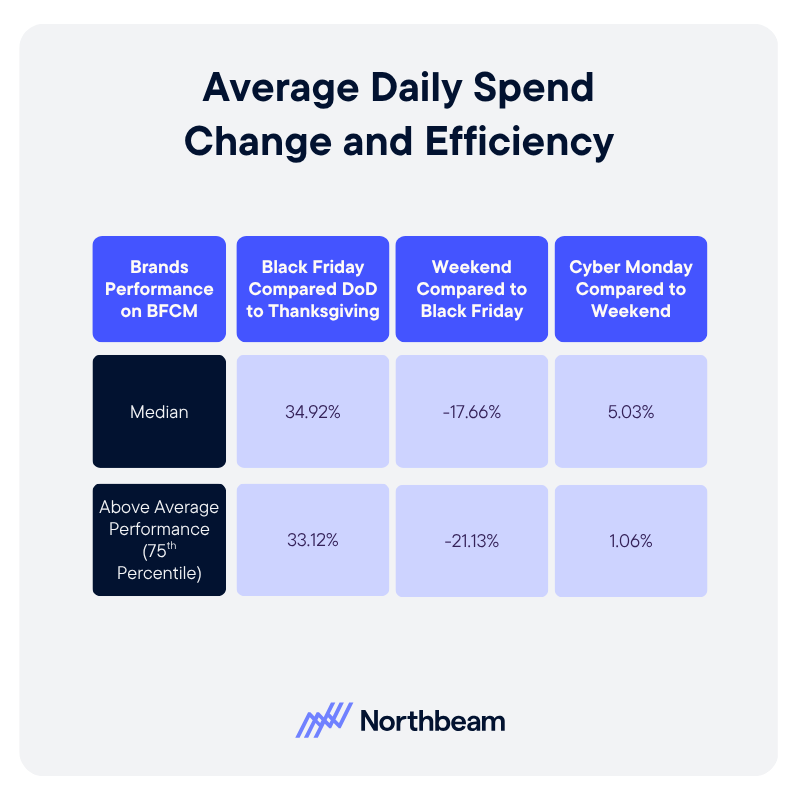
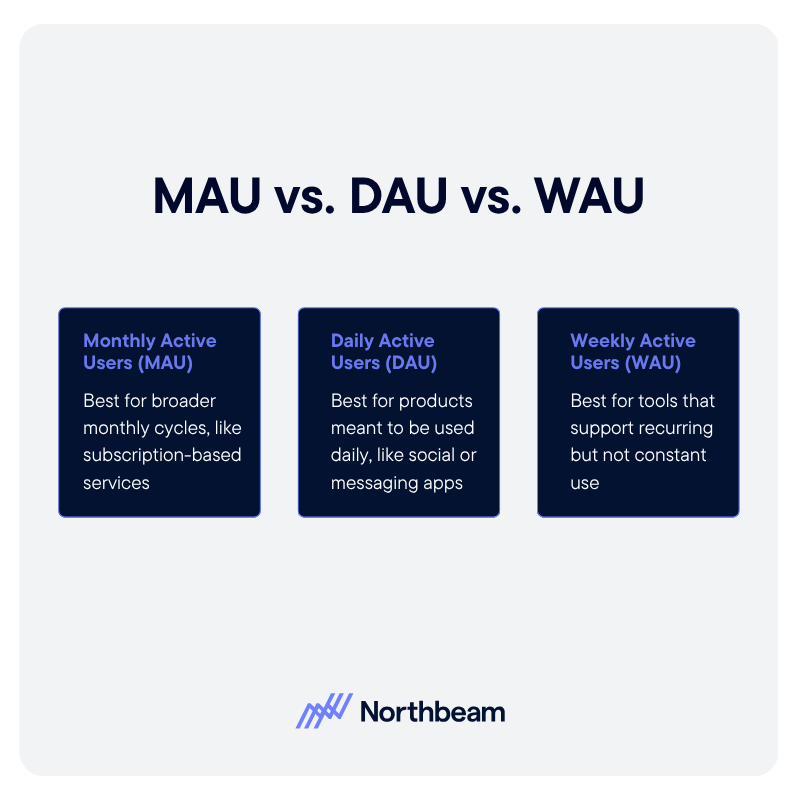


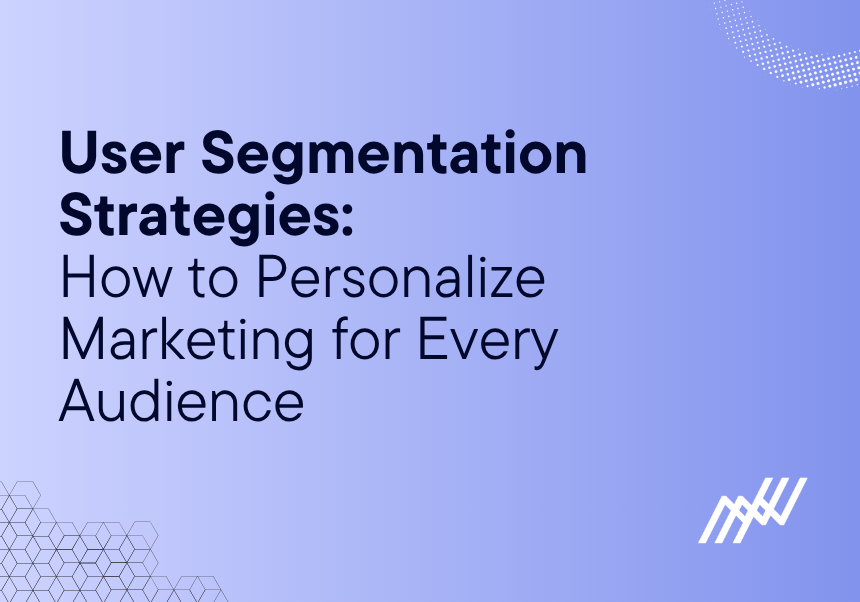
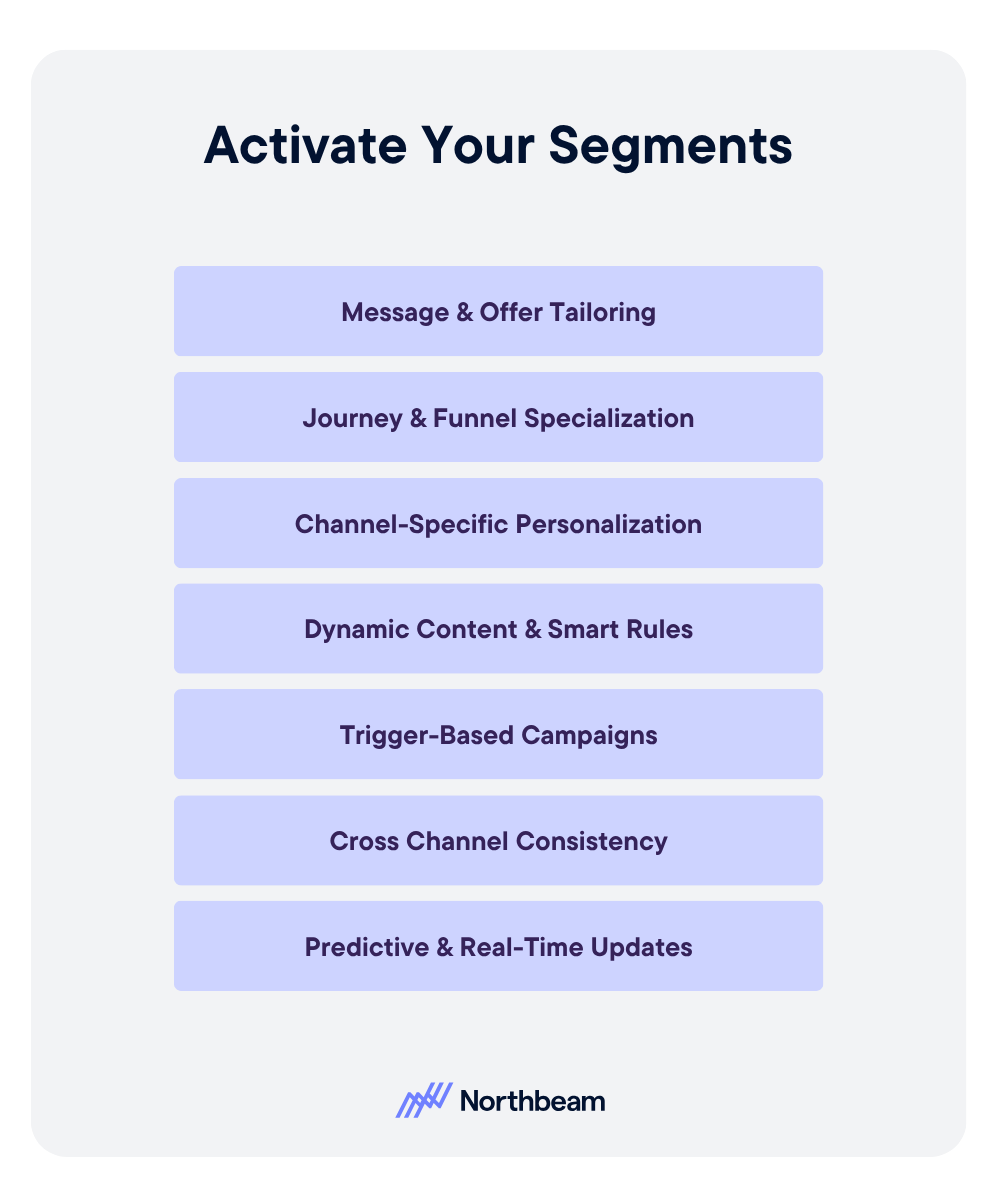
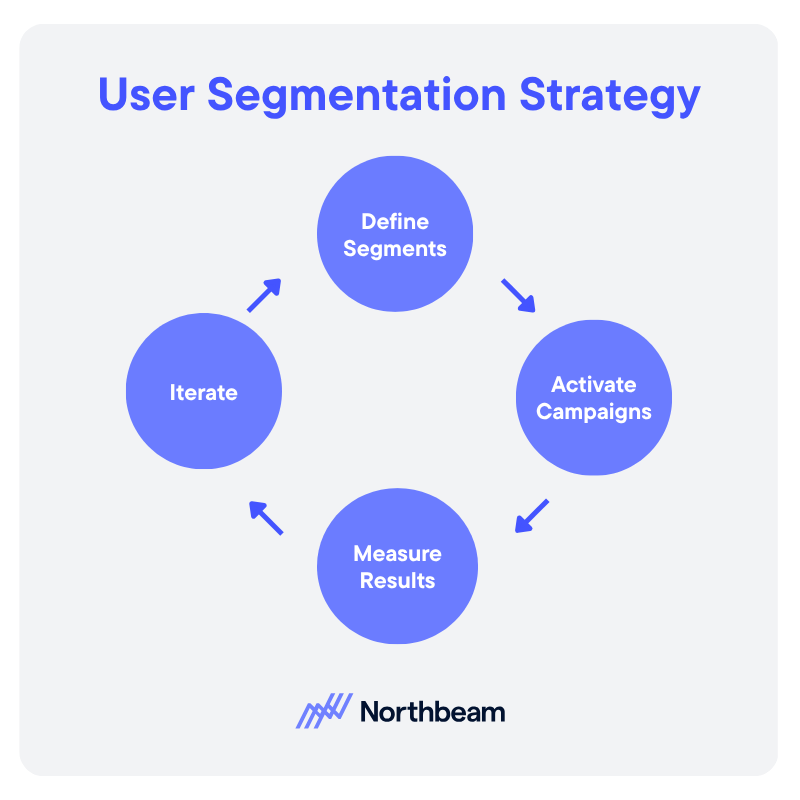


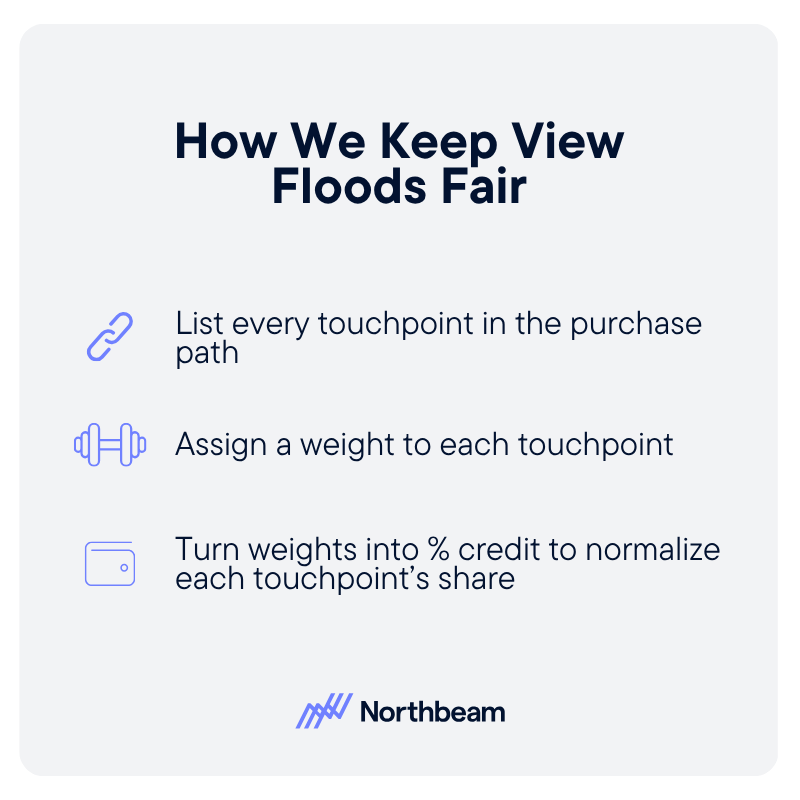
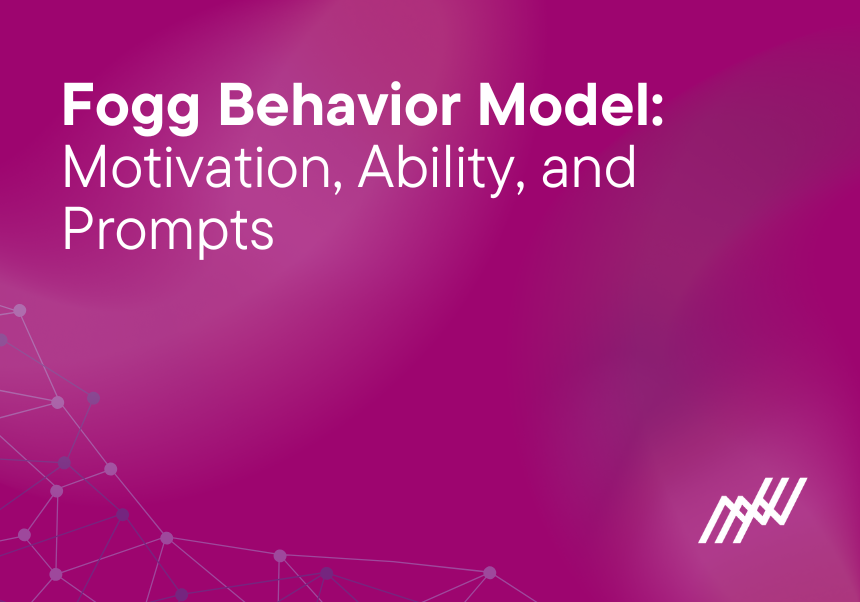


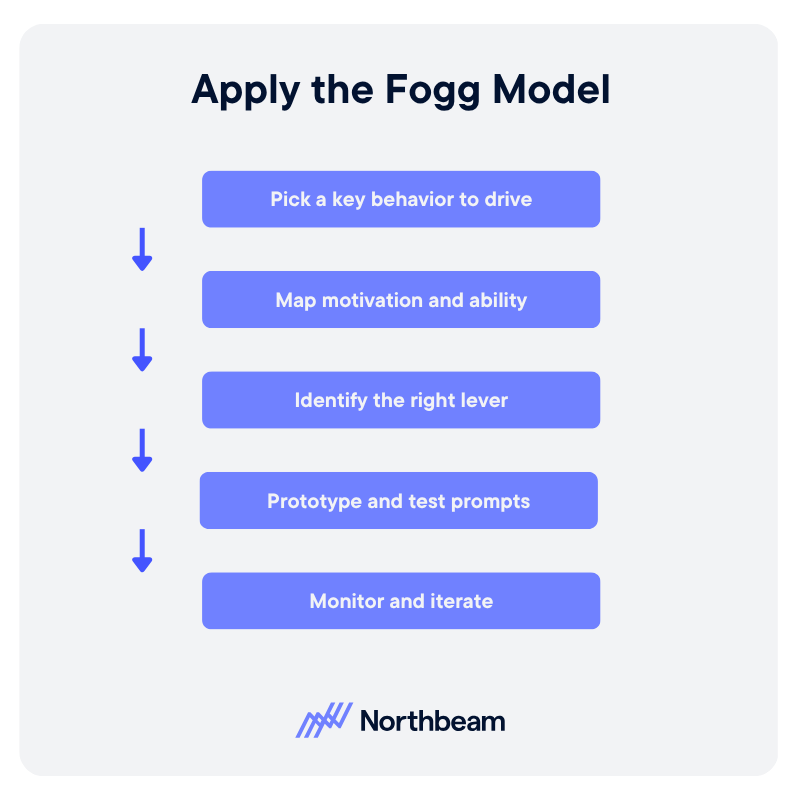

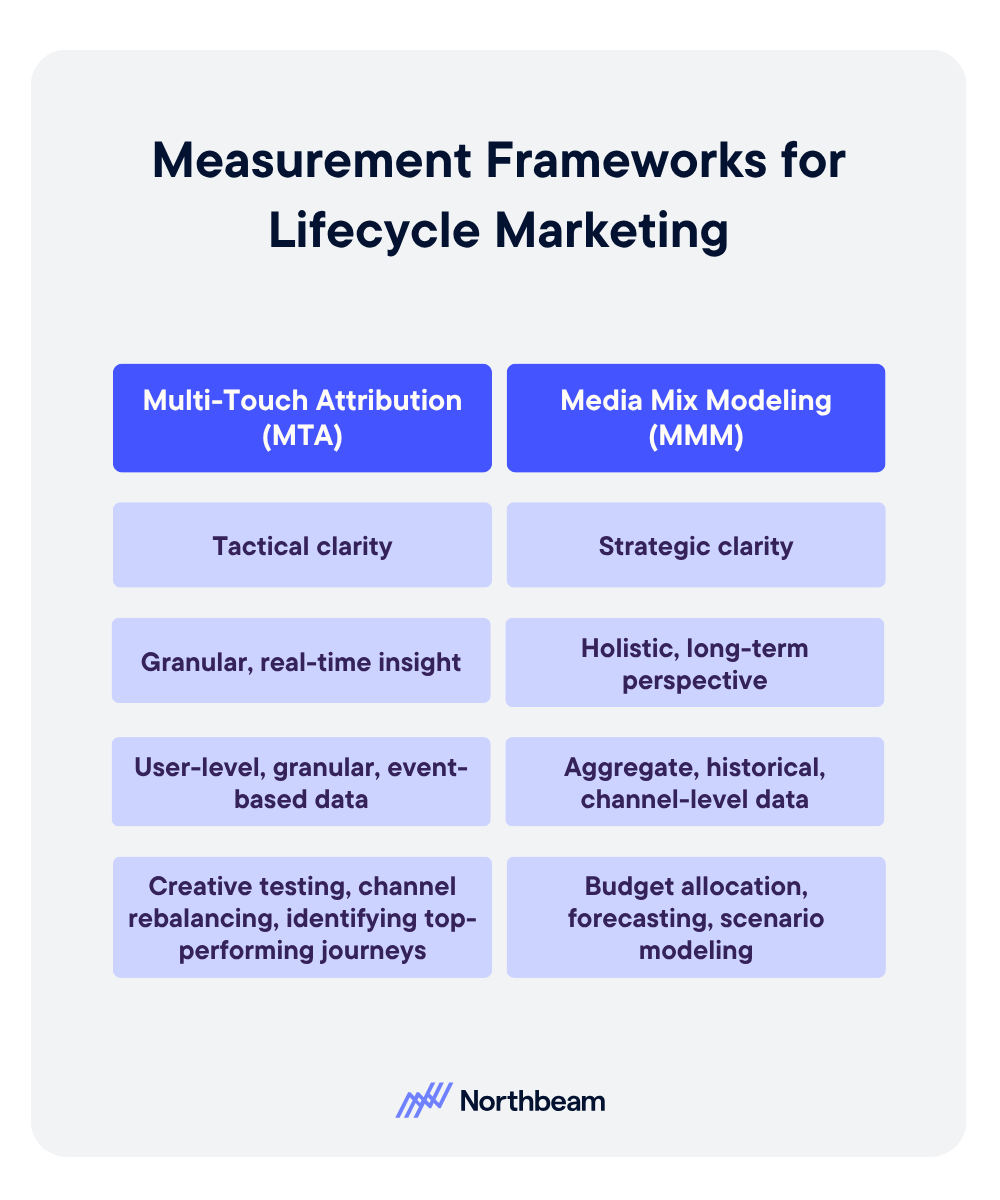

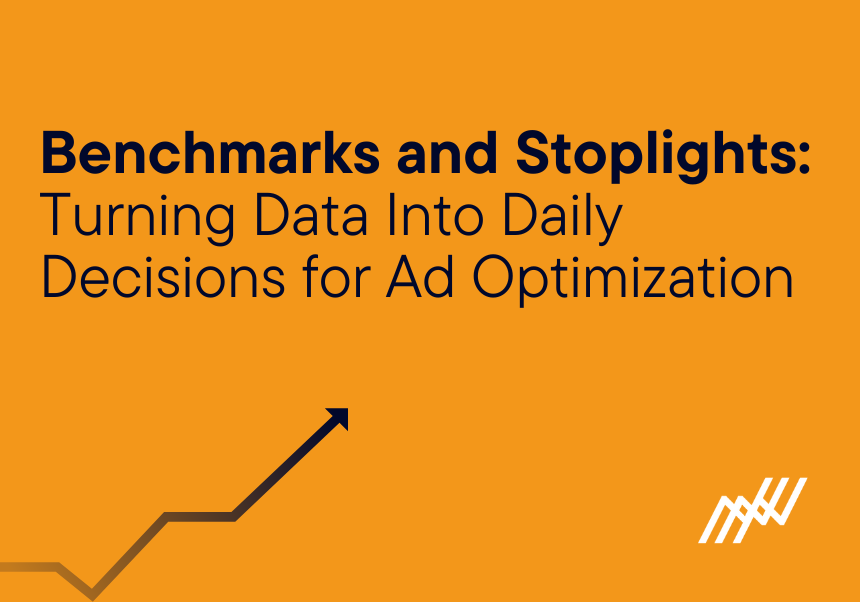

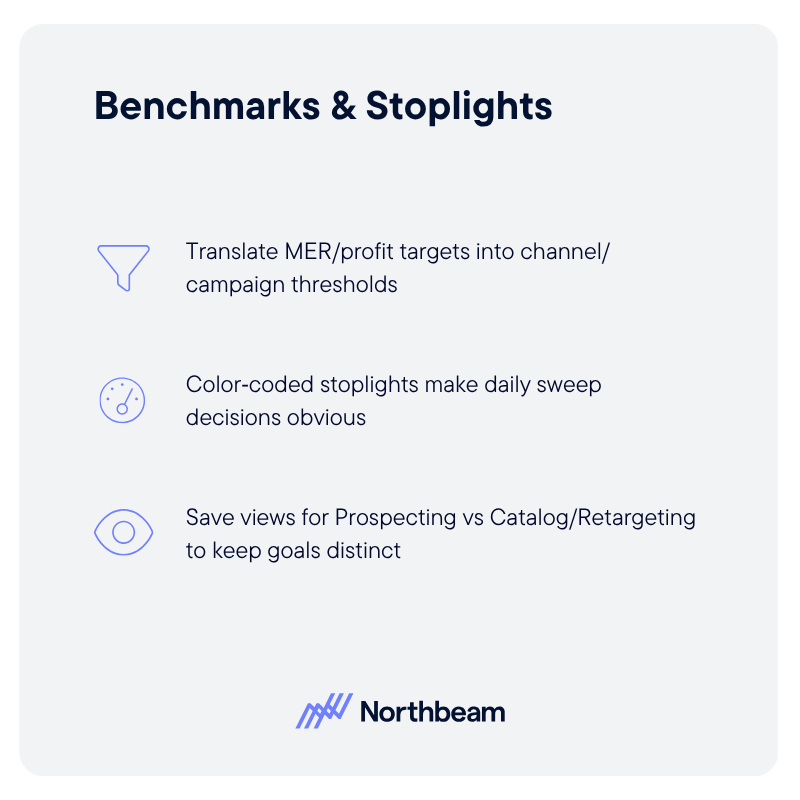
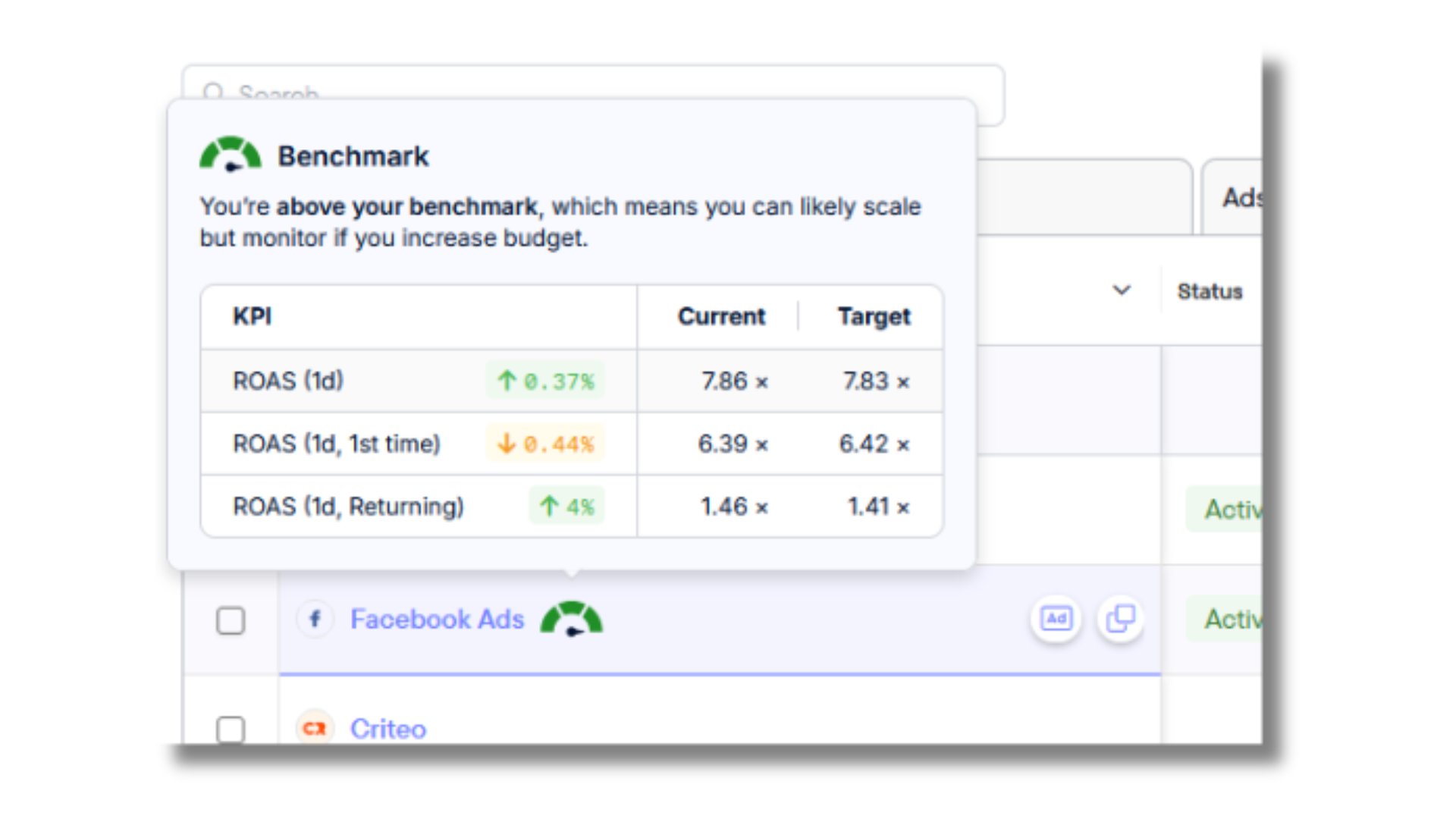
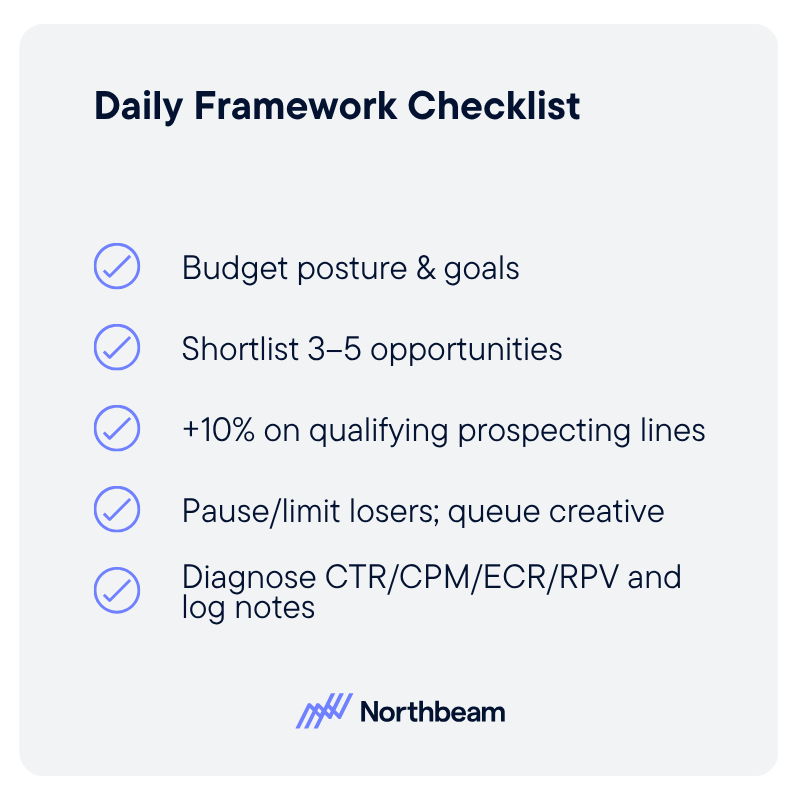
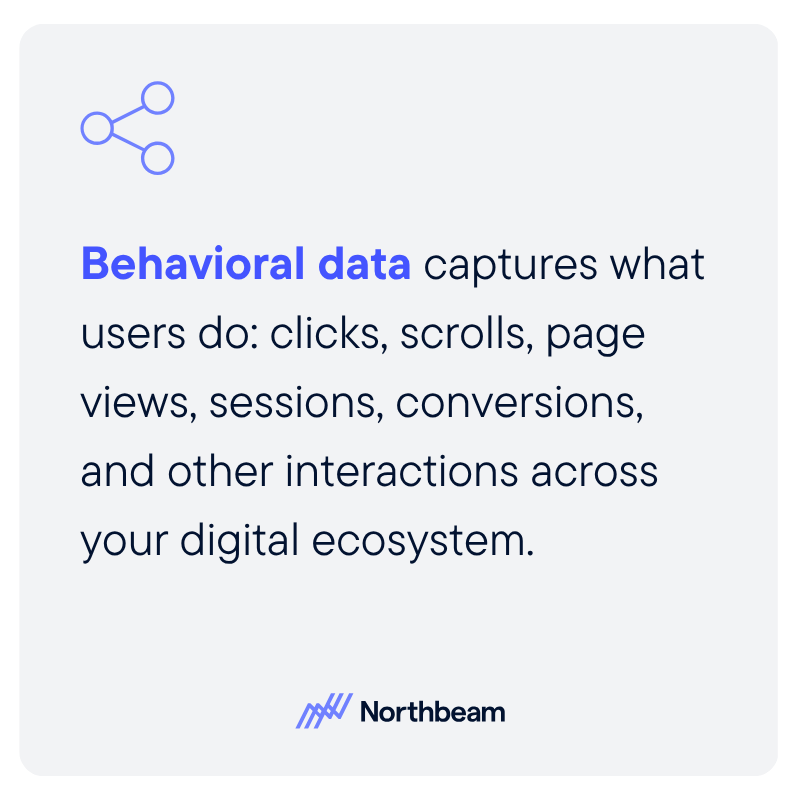

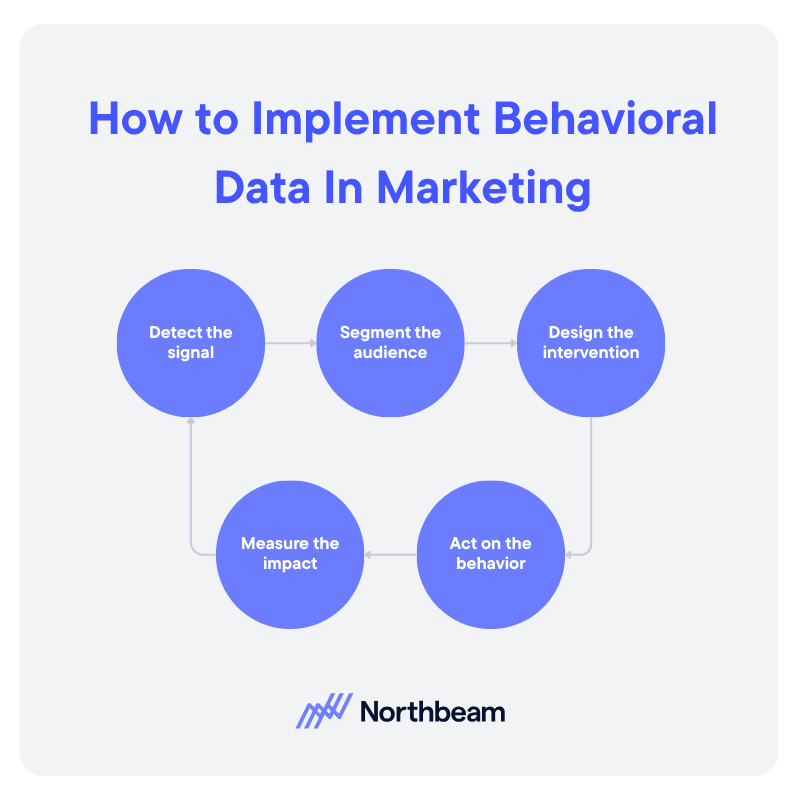
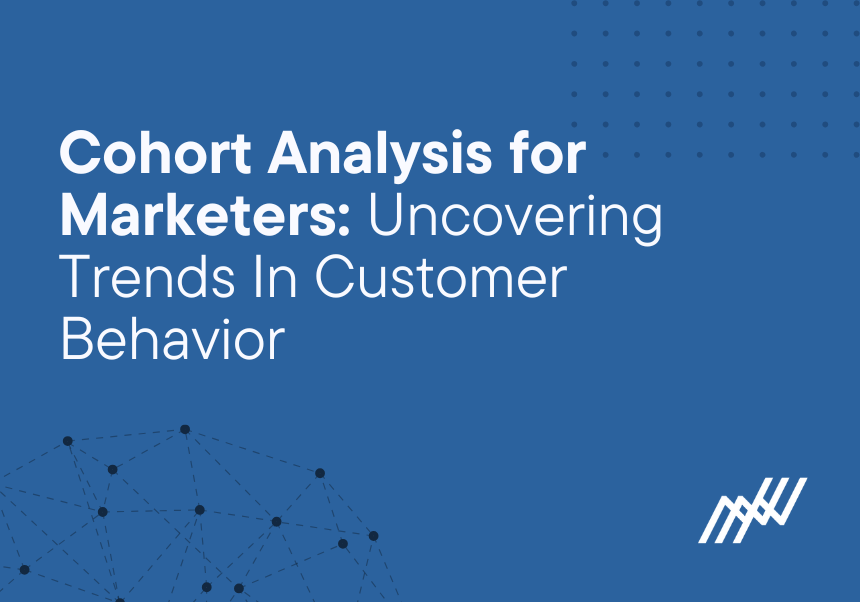
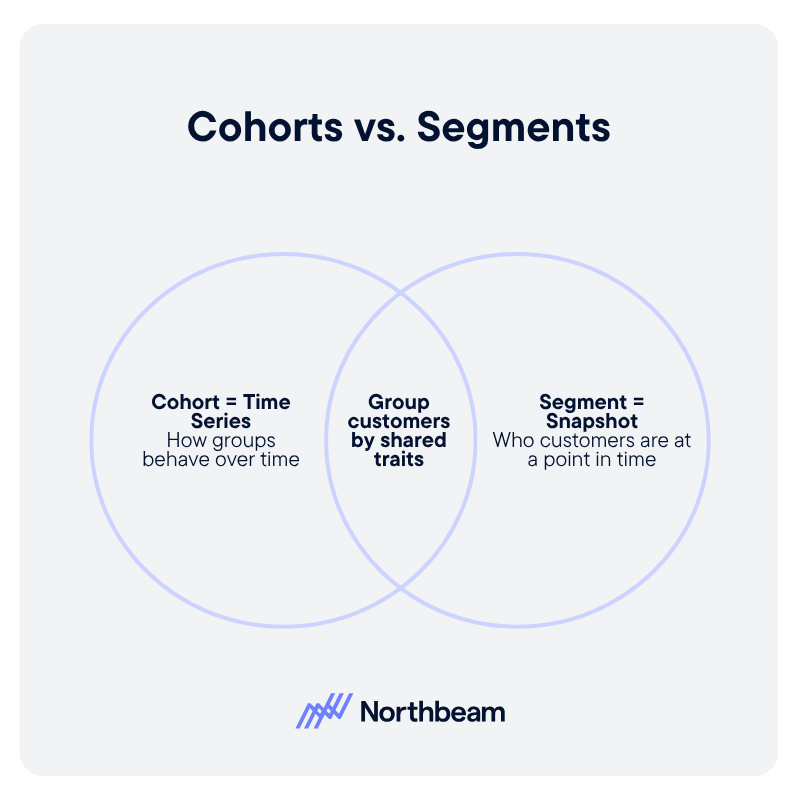
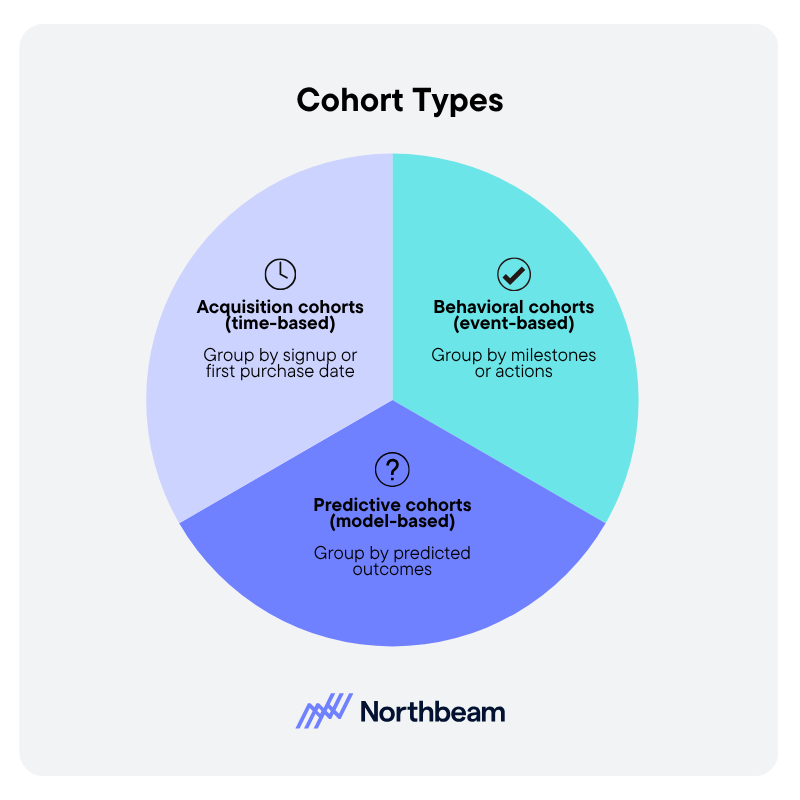
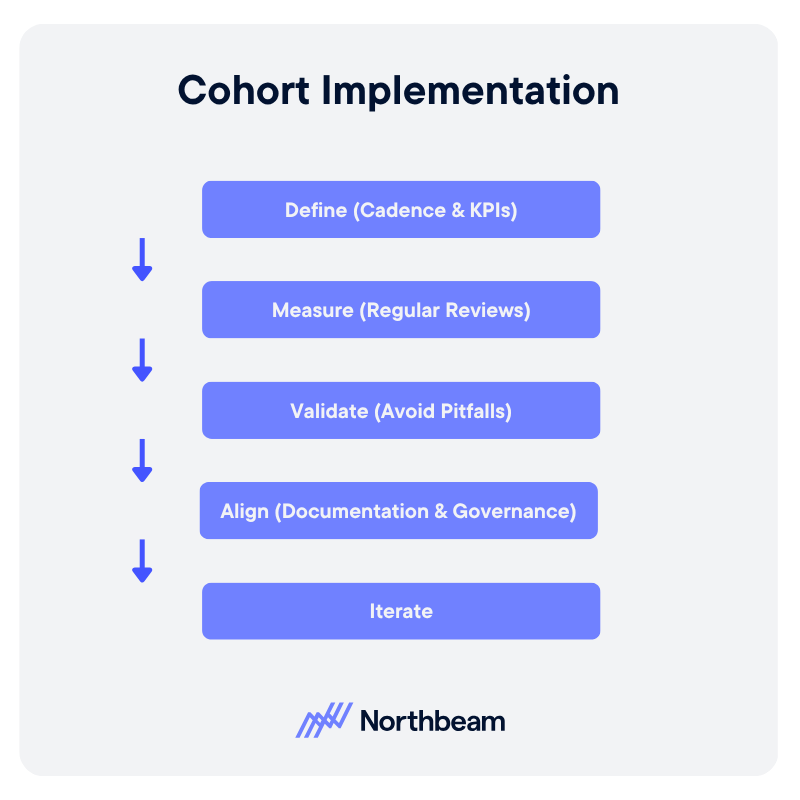
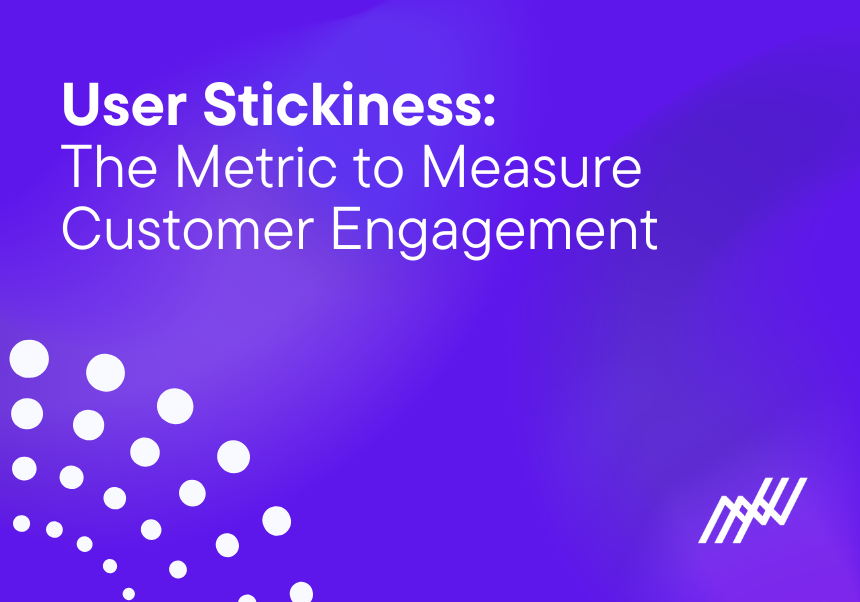


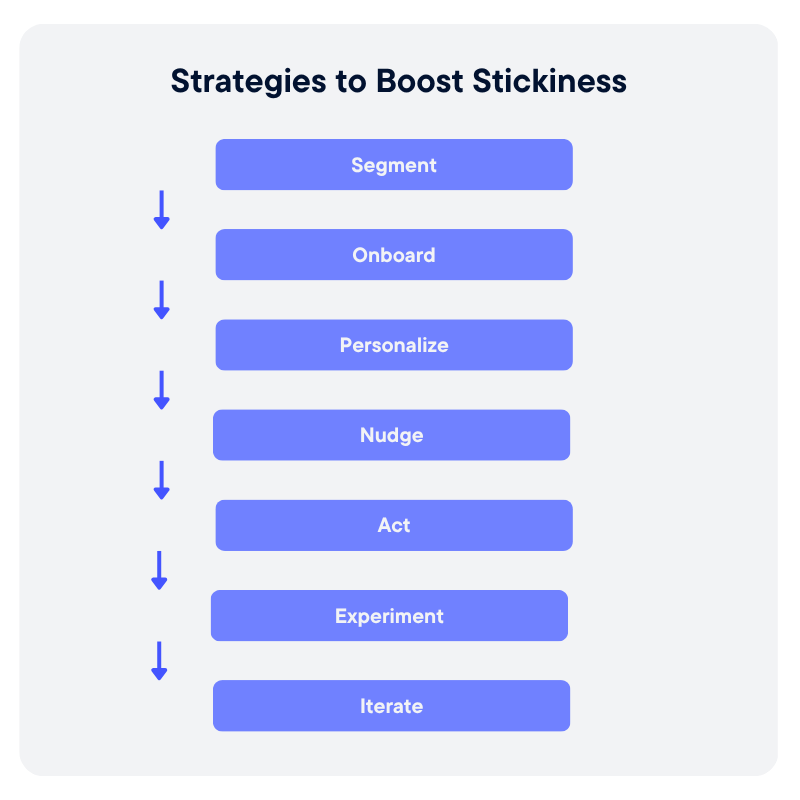

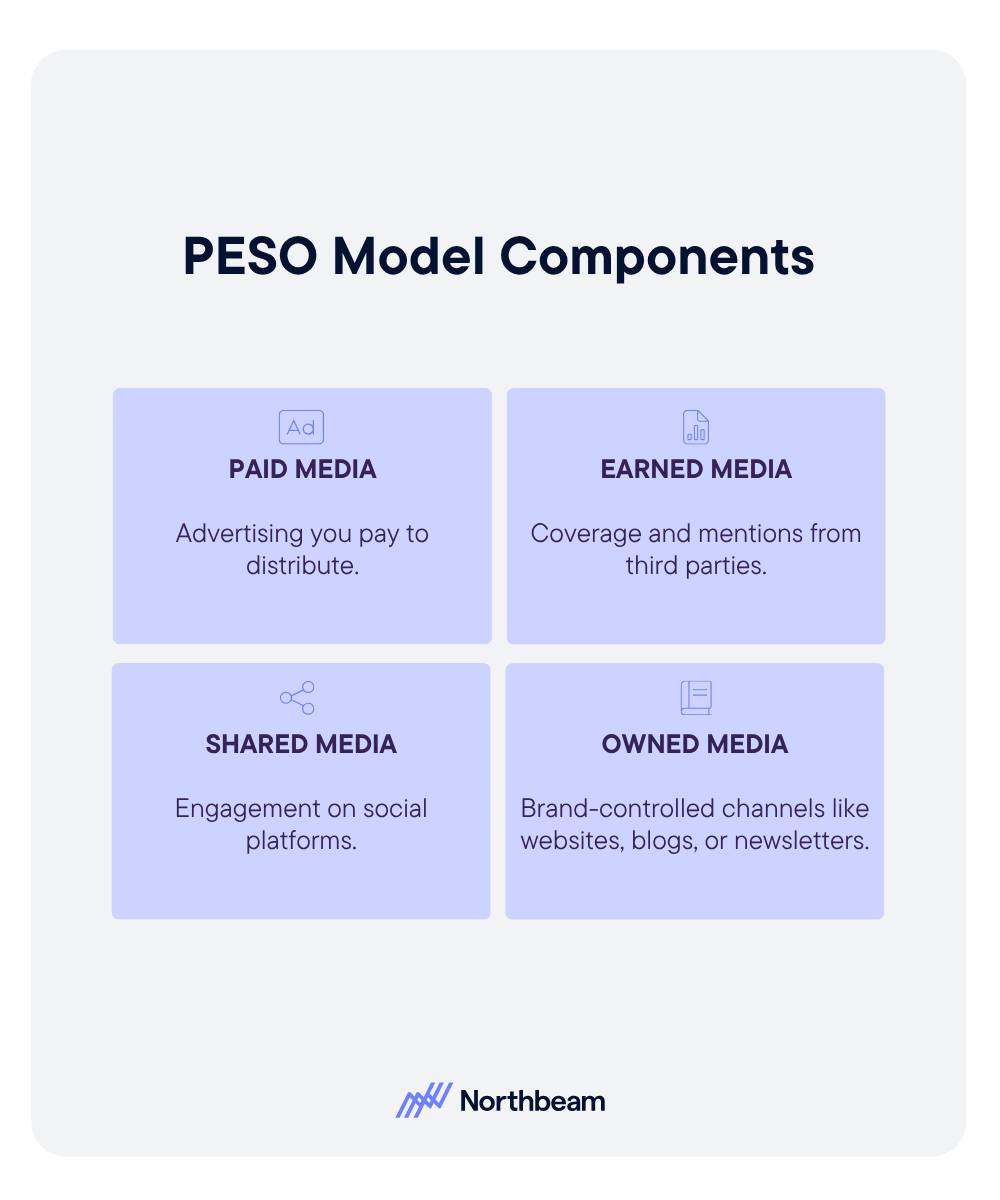
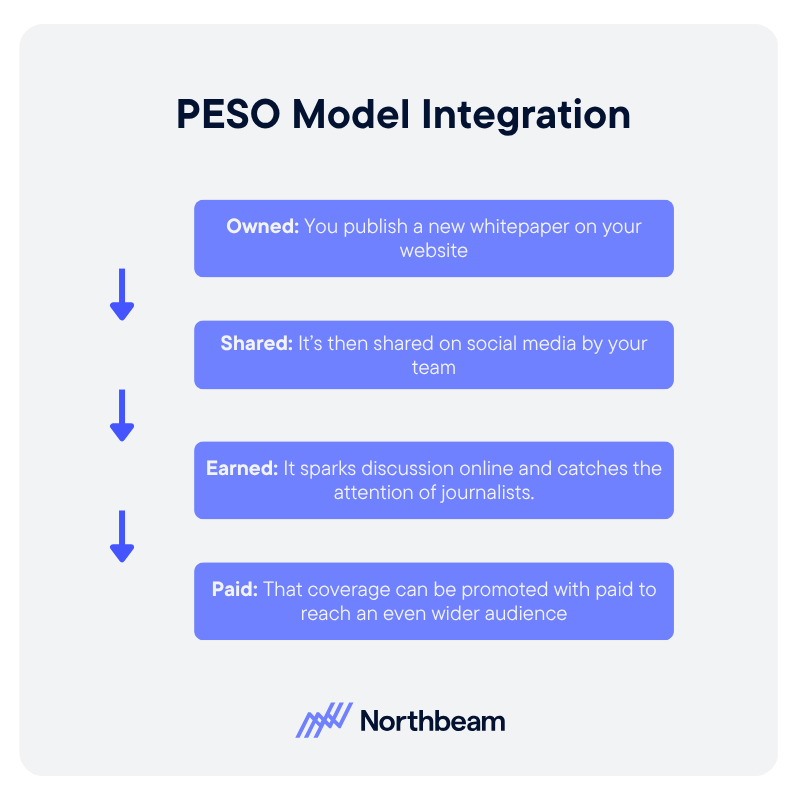
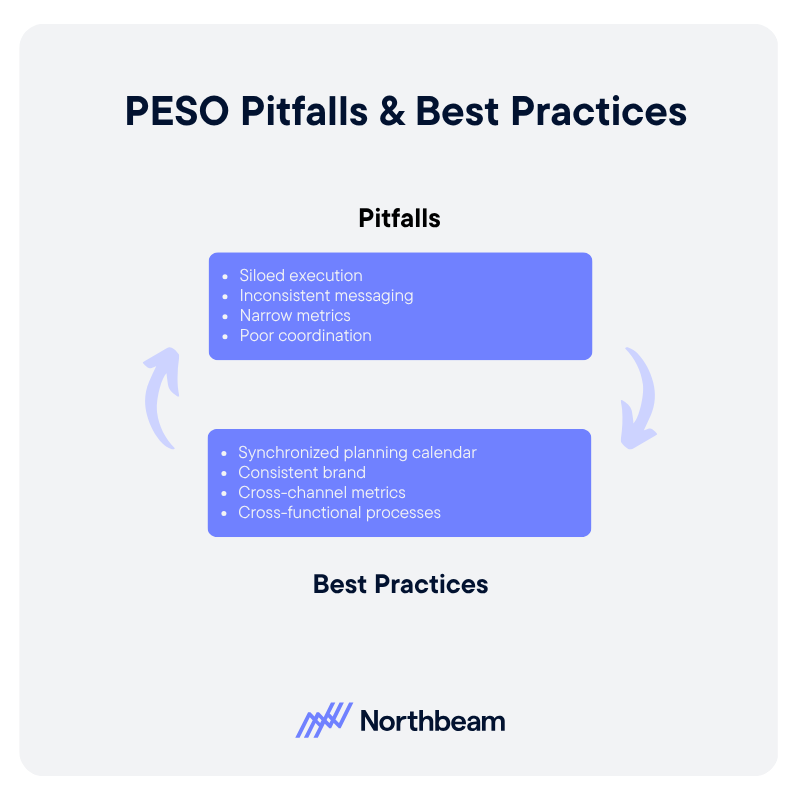


.png)


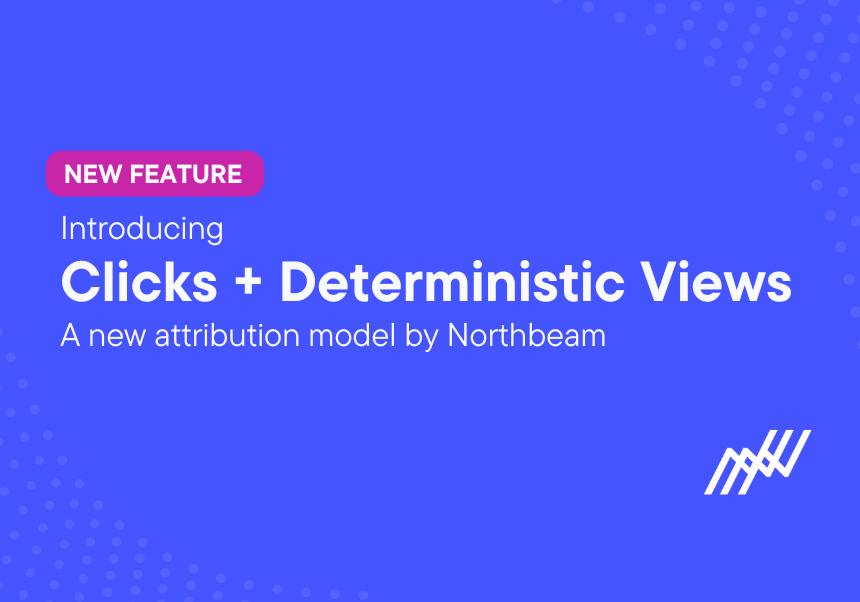


.png)







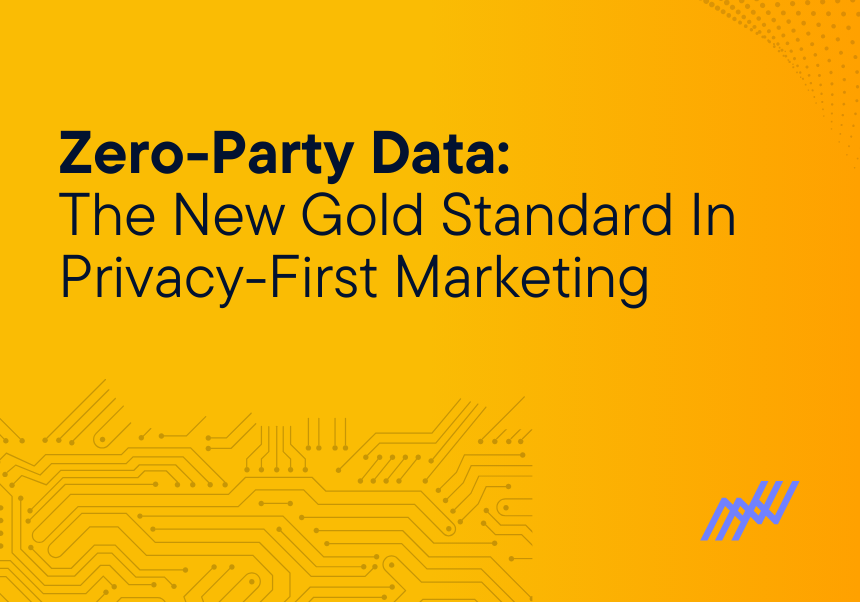
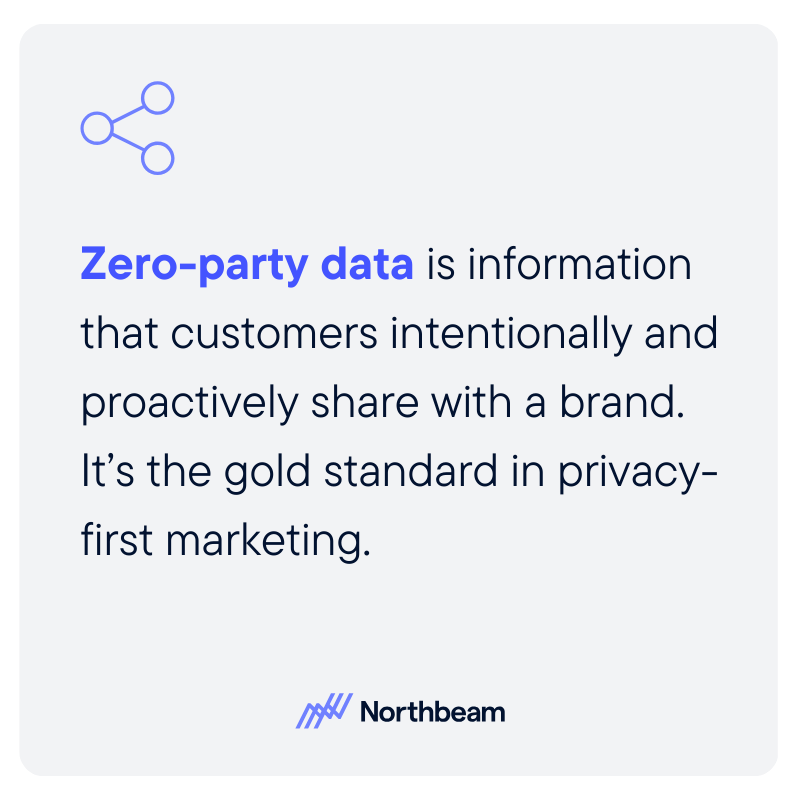

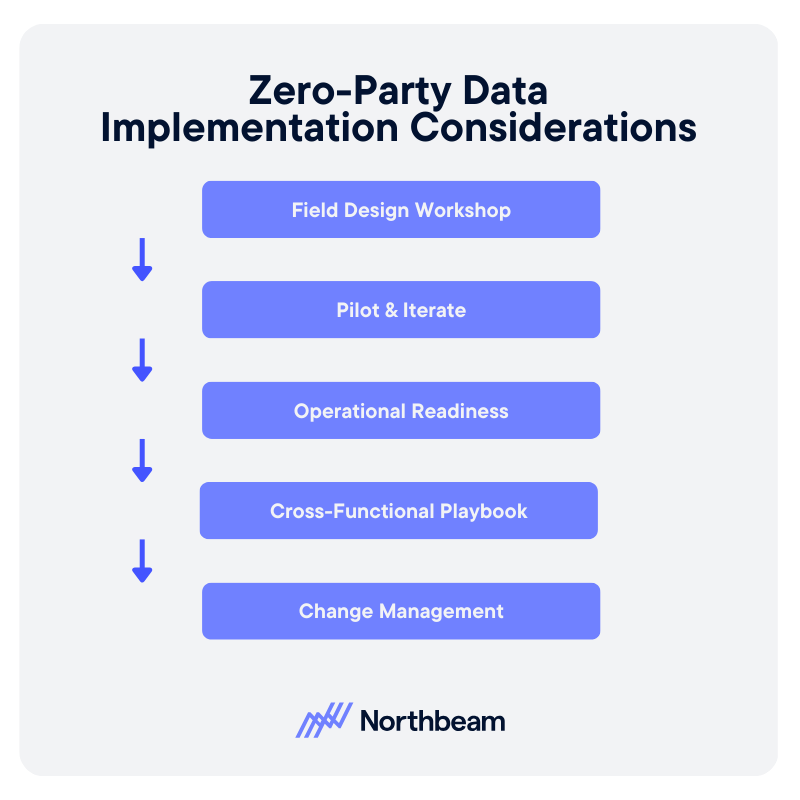




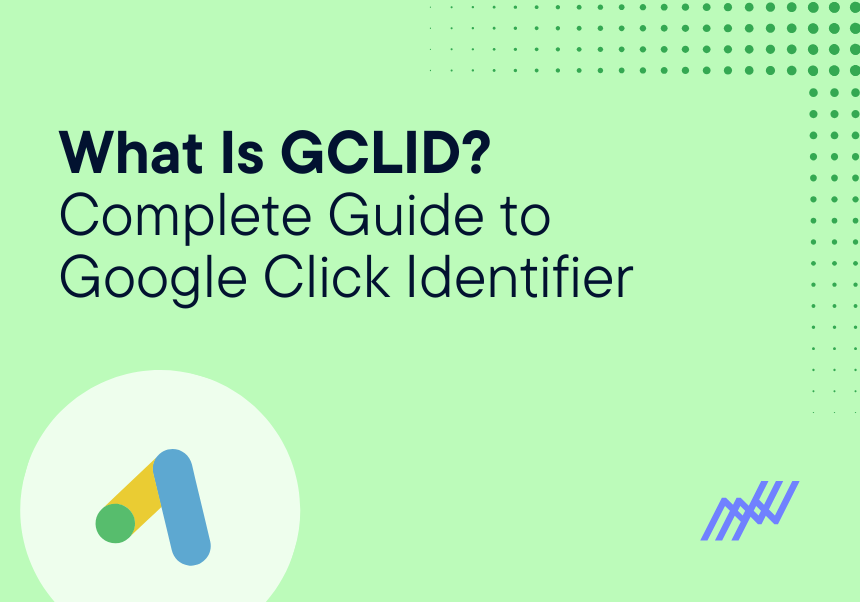


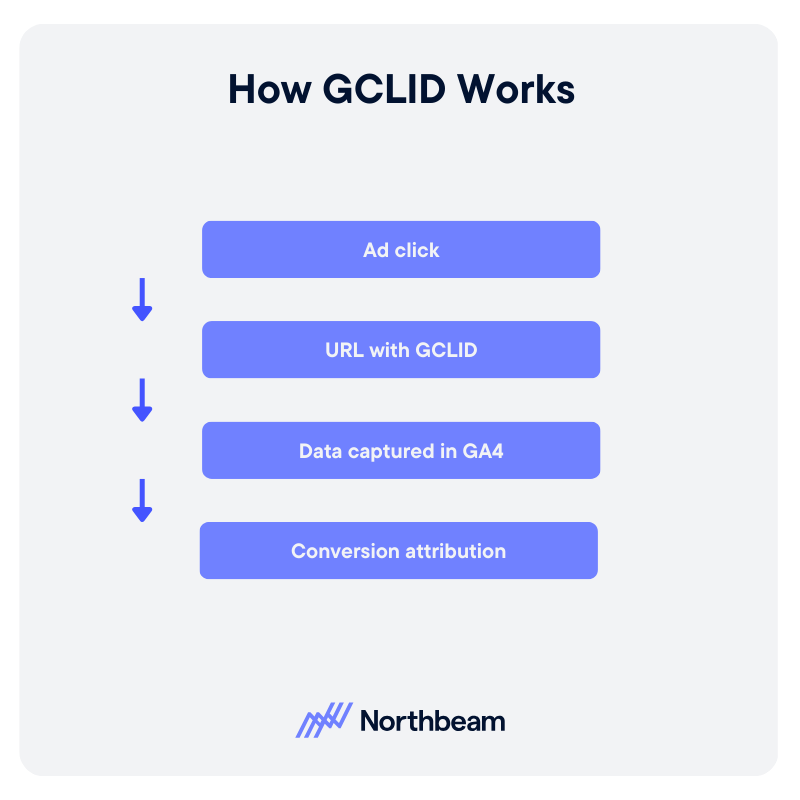
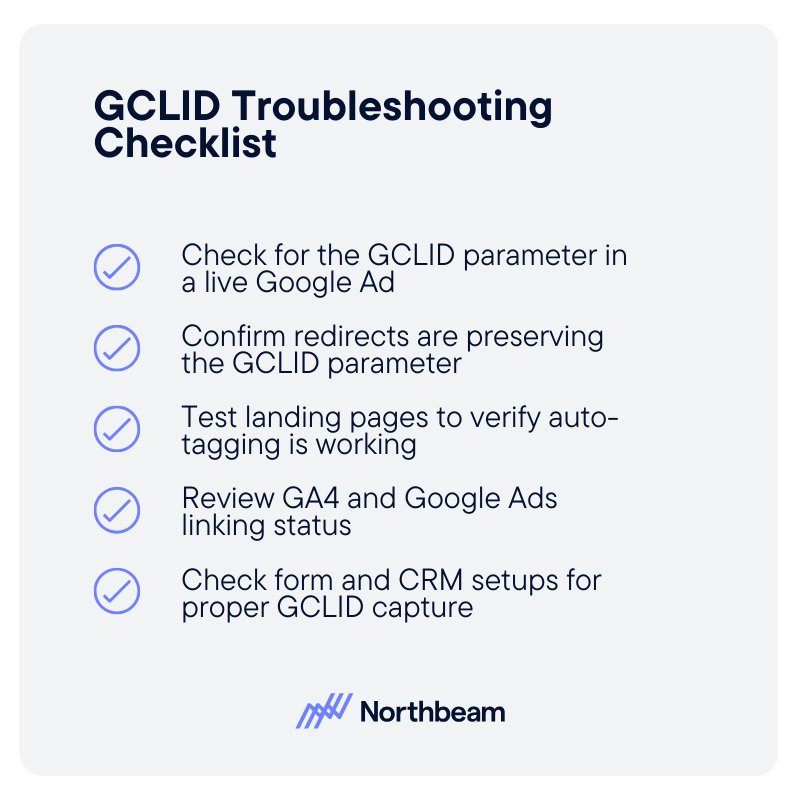

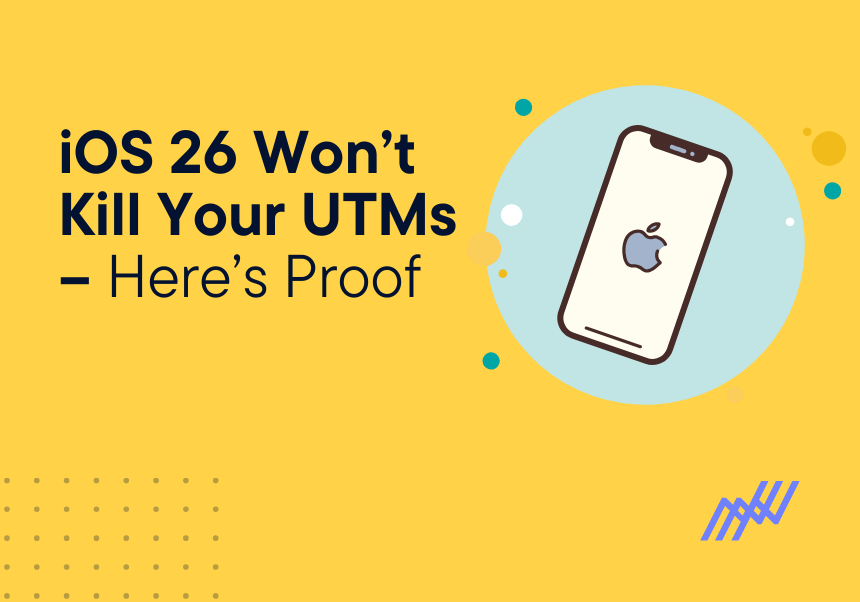



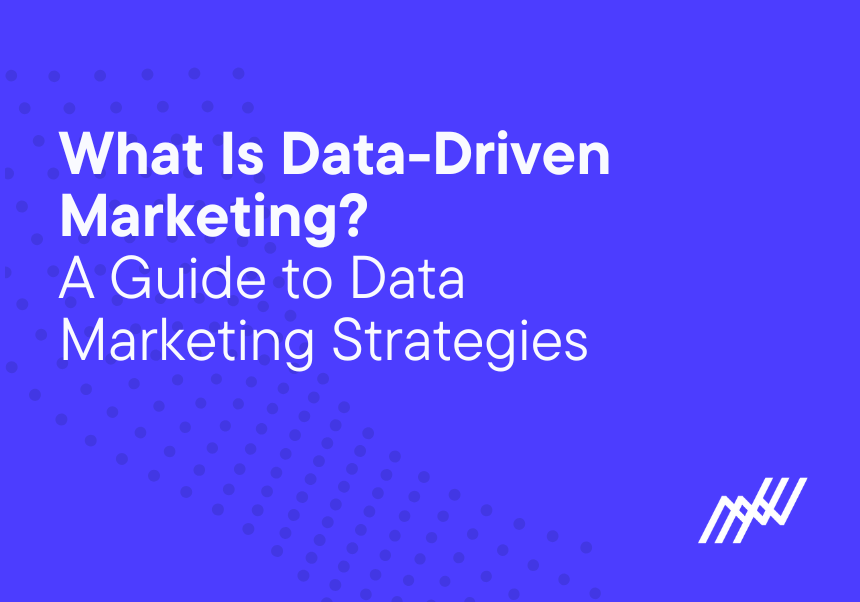


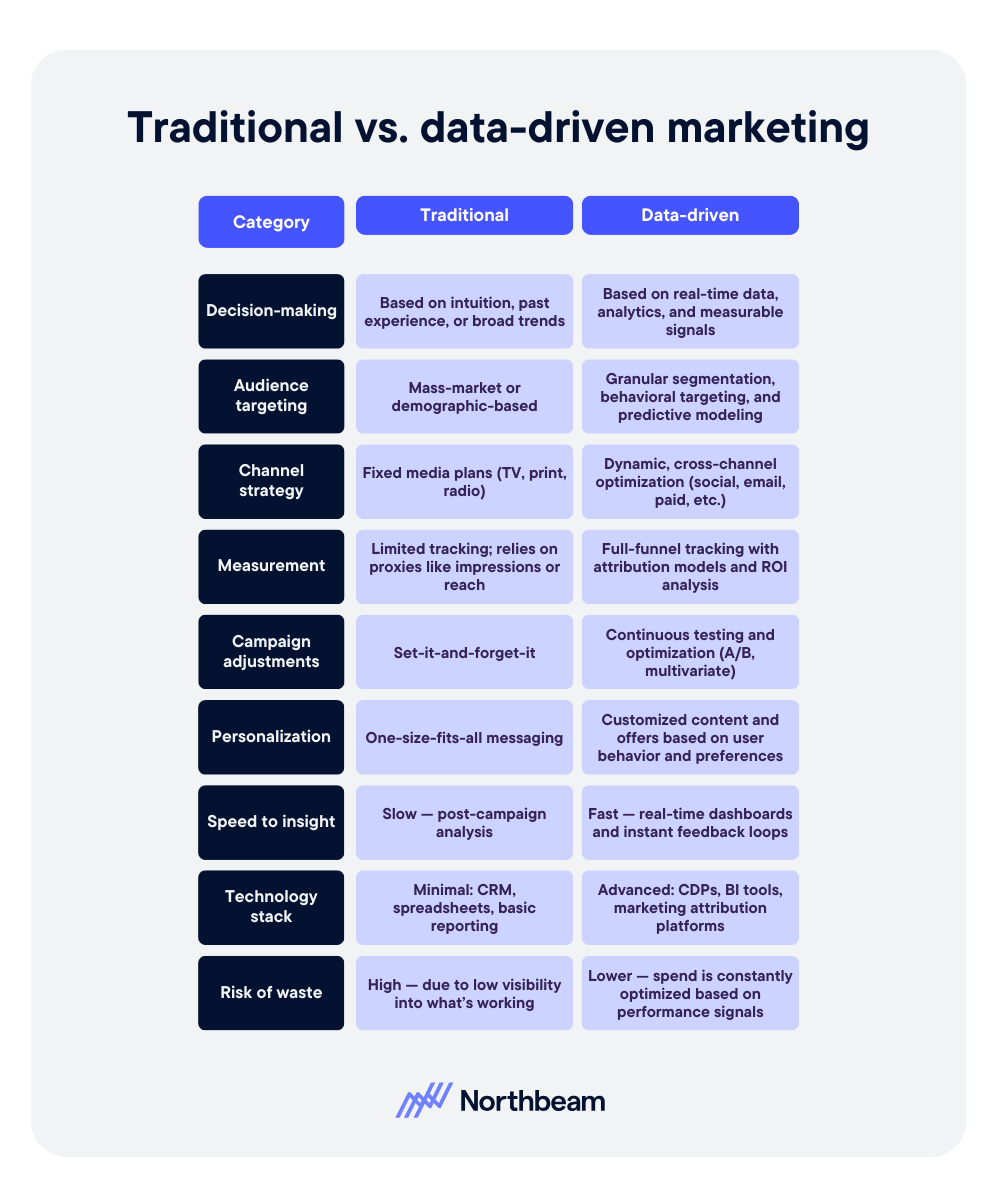
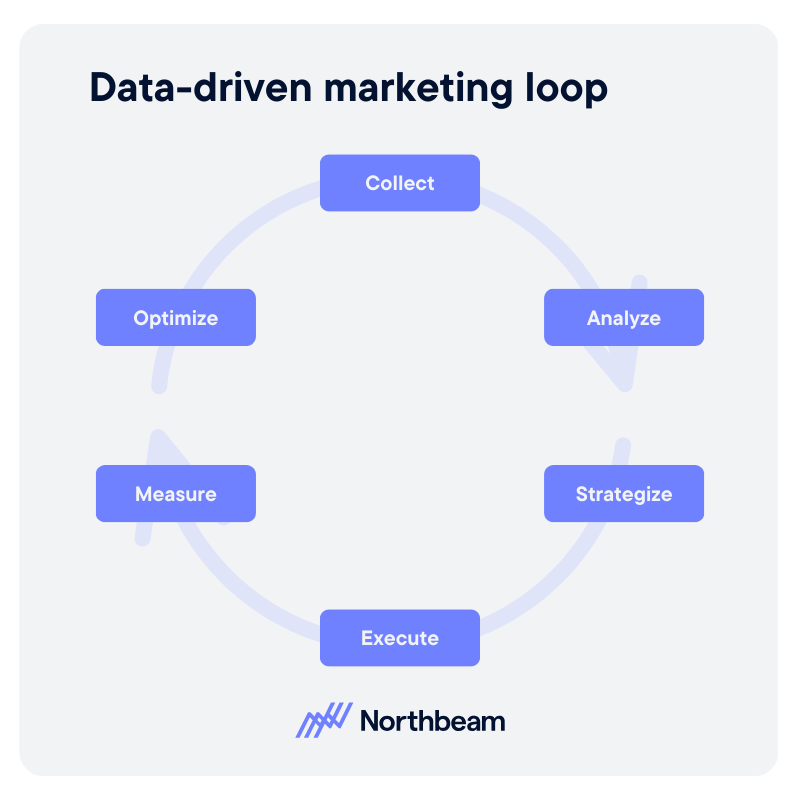


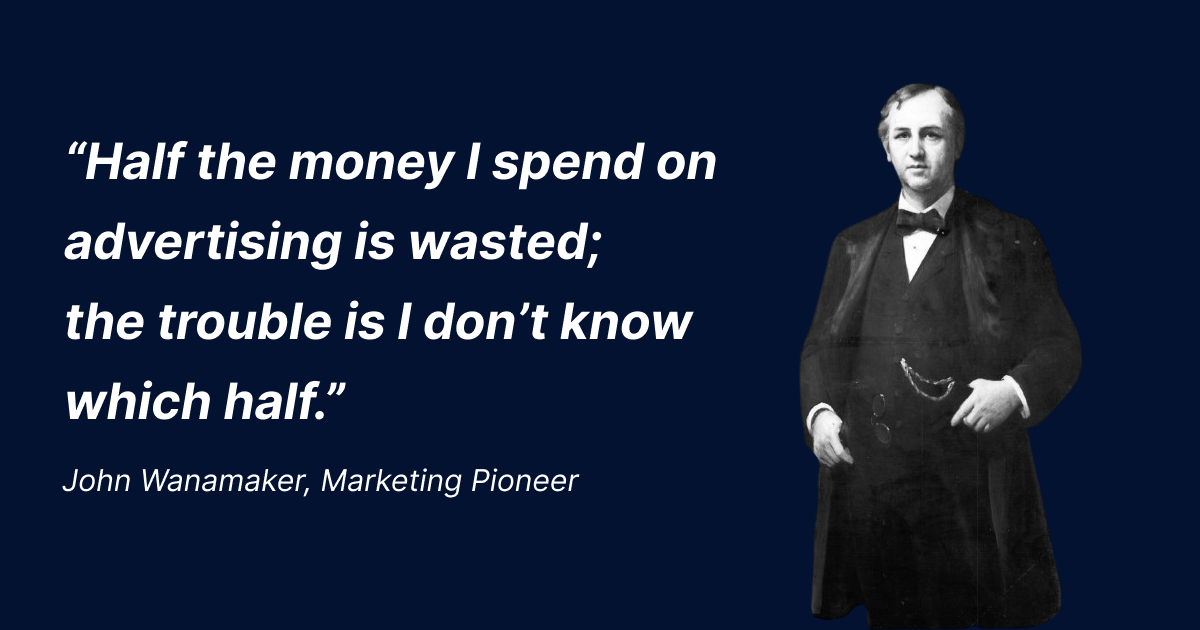



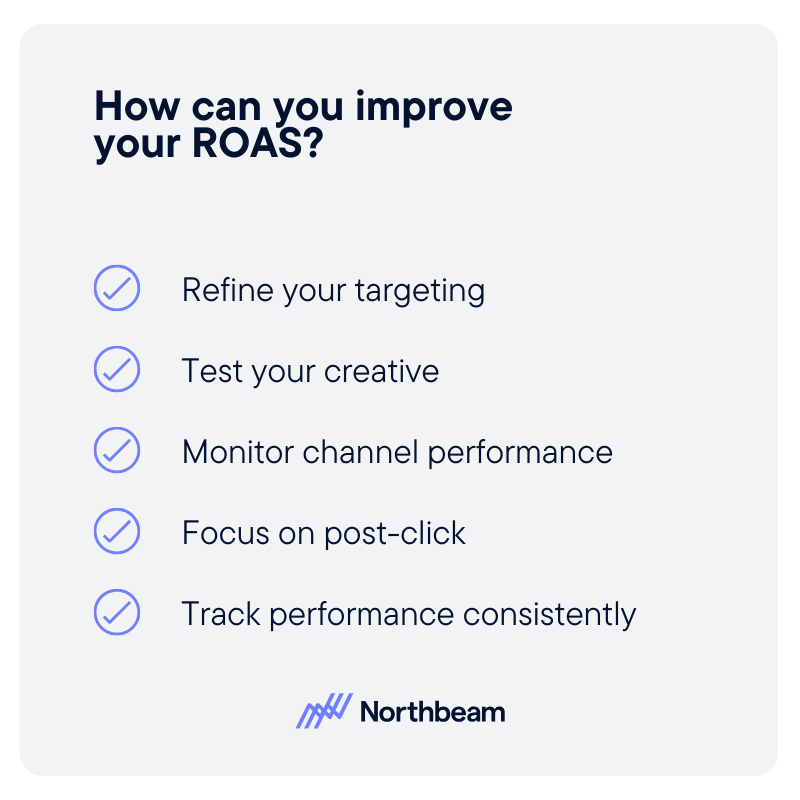




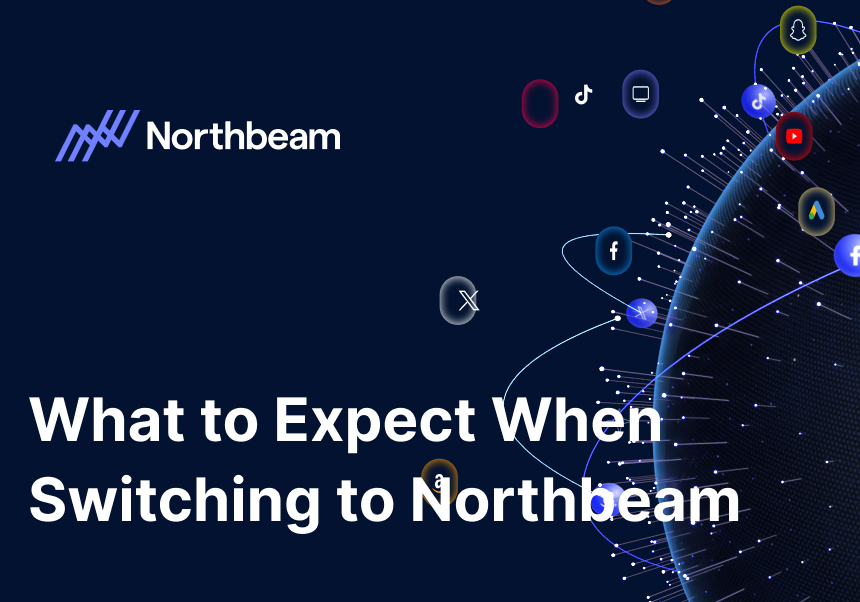
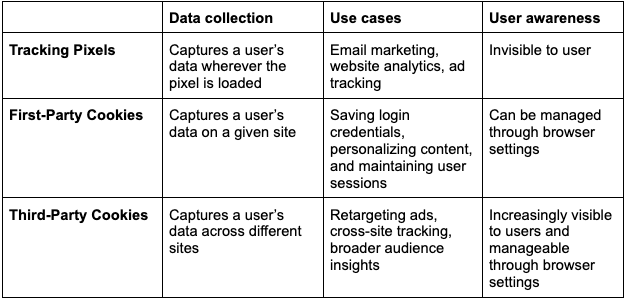
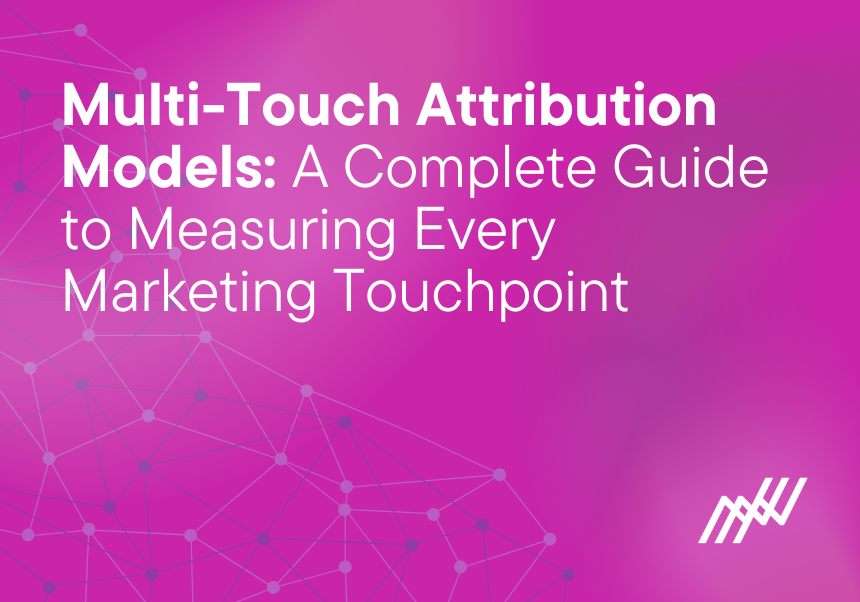
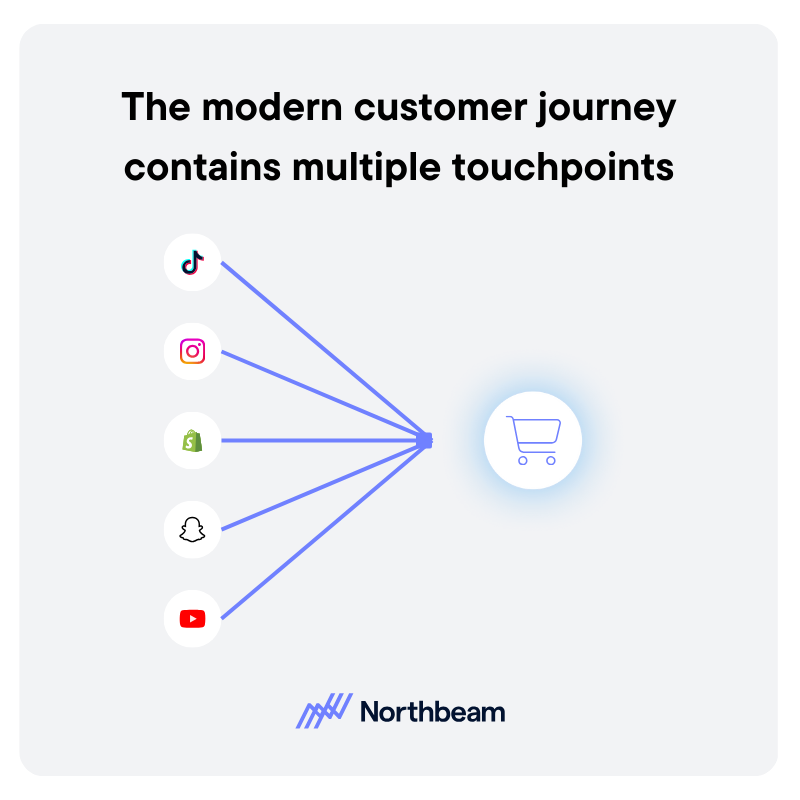
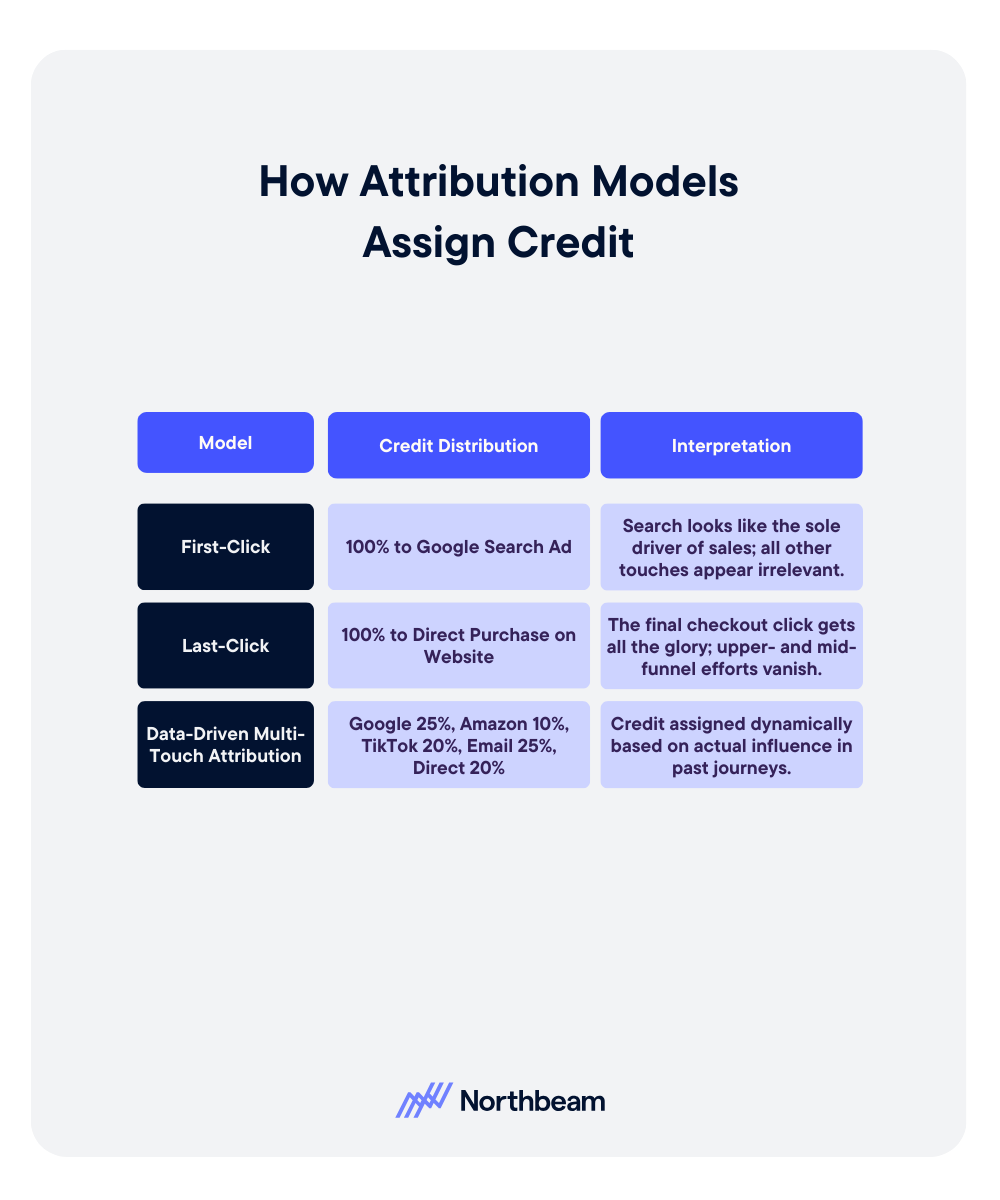
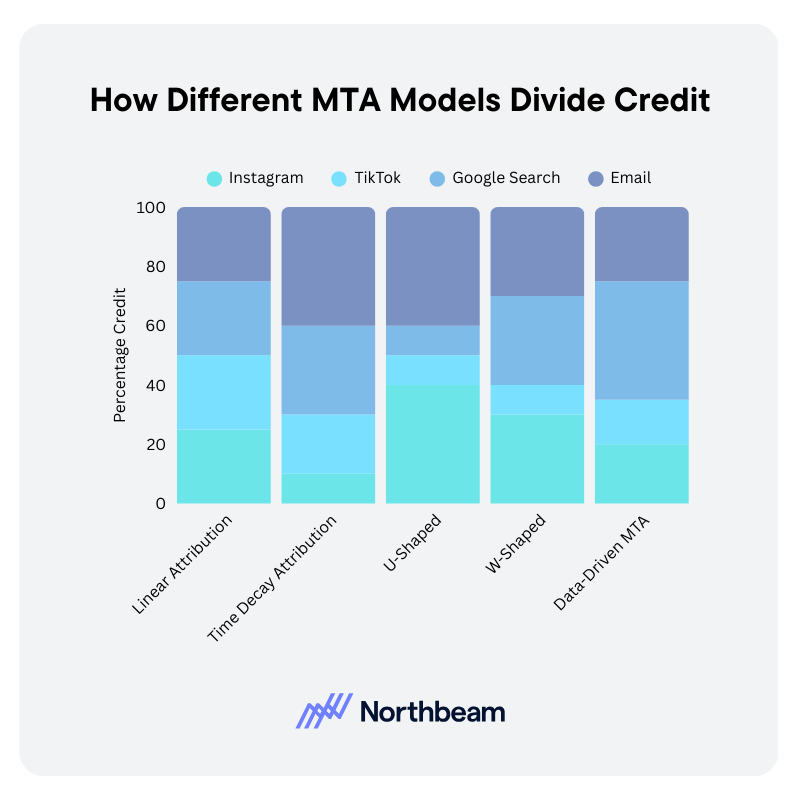
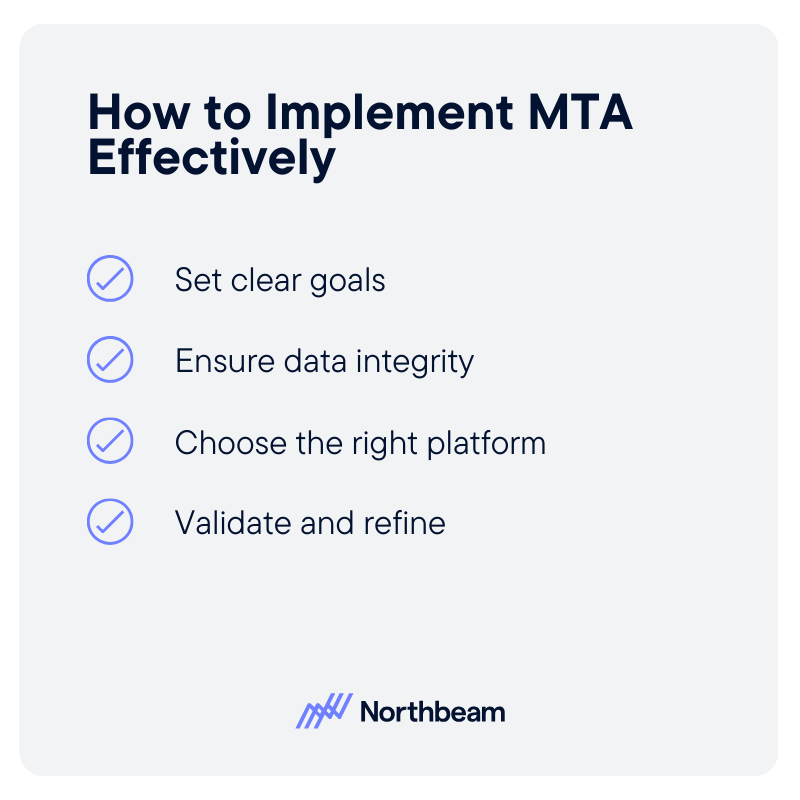
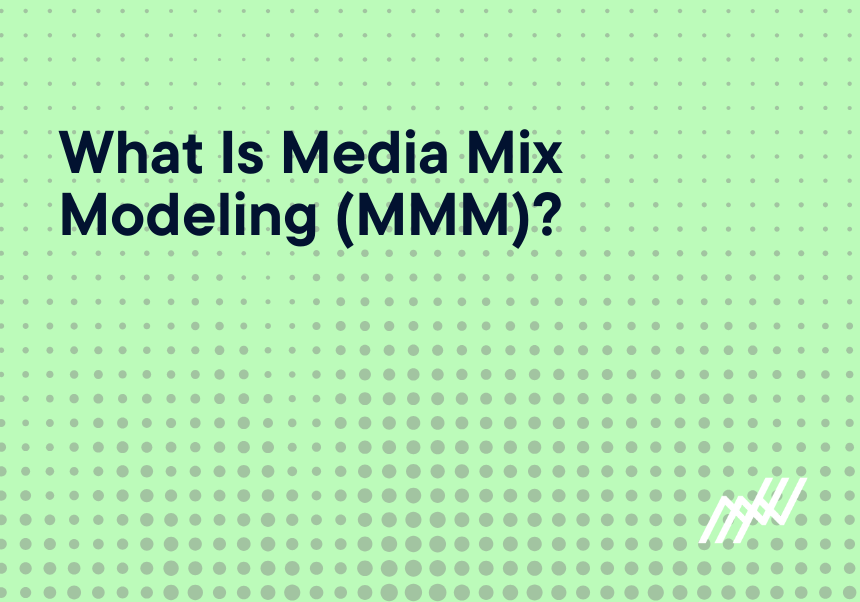
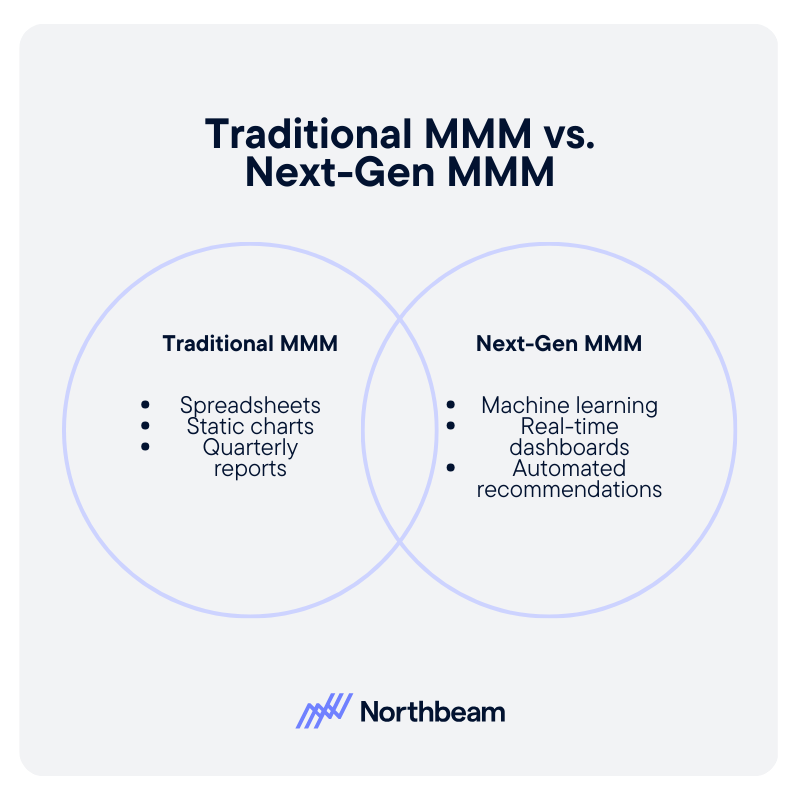
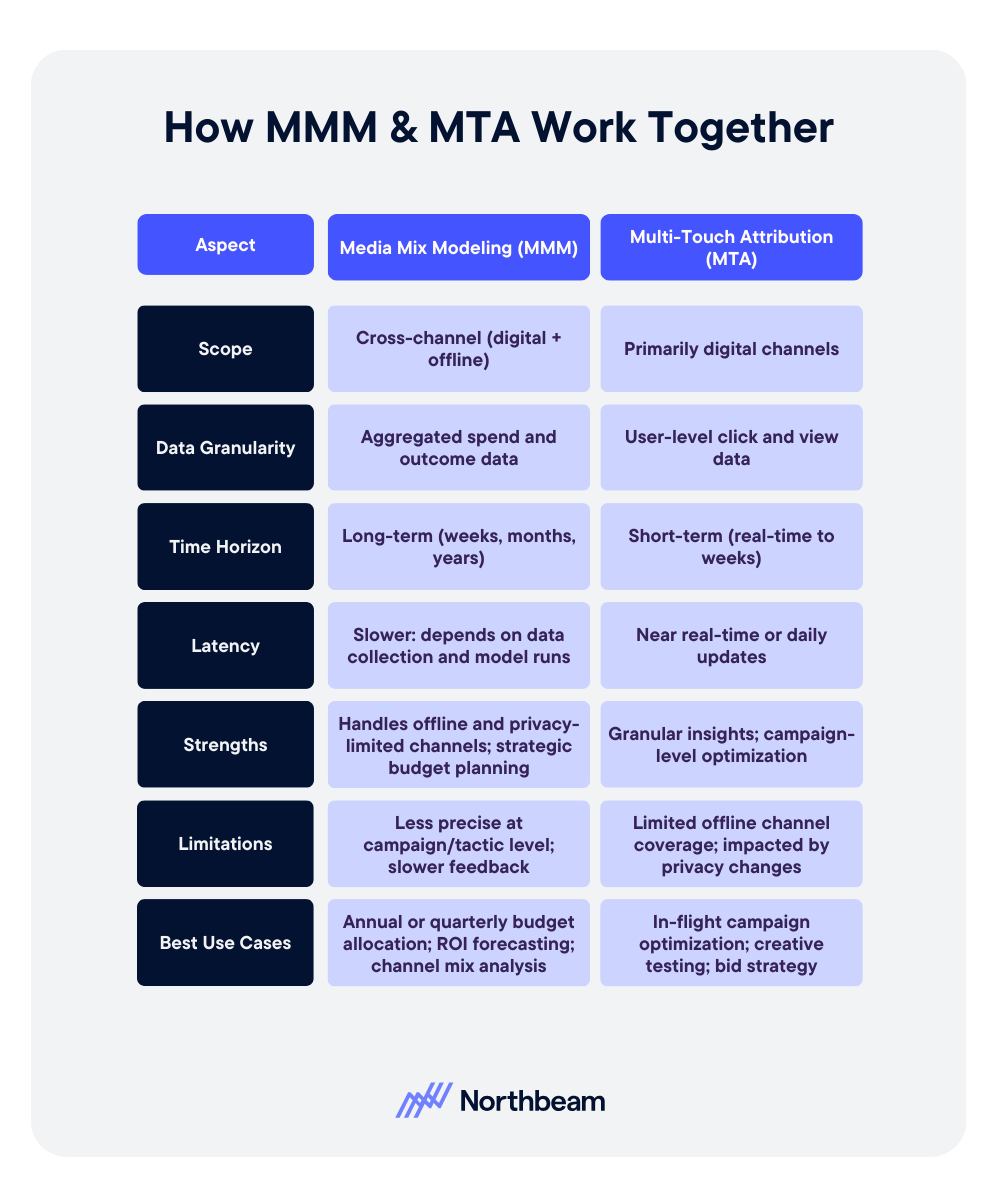
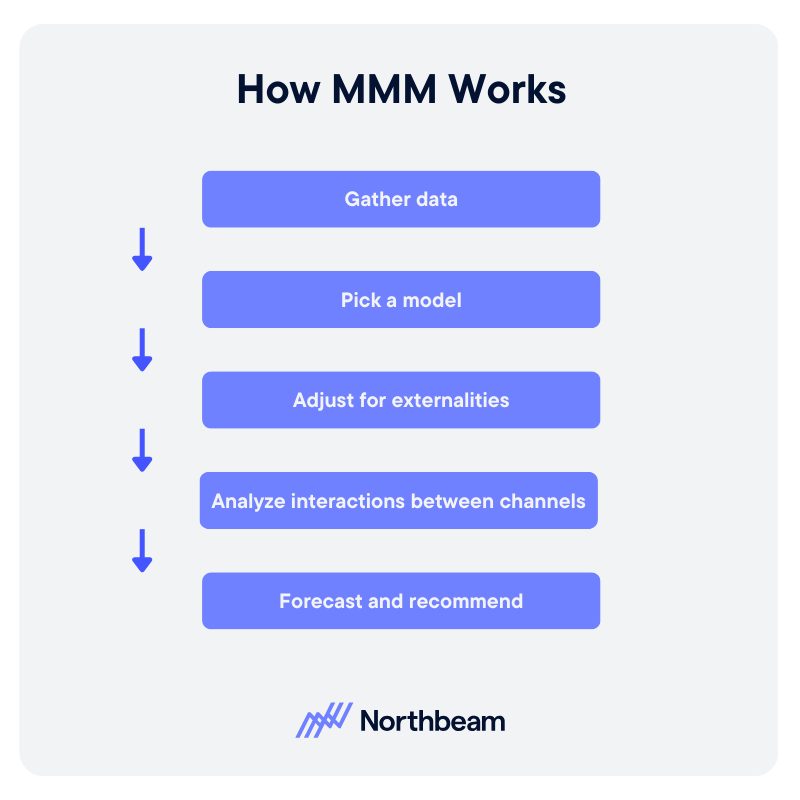

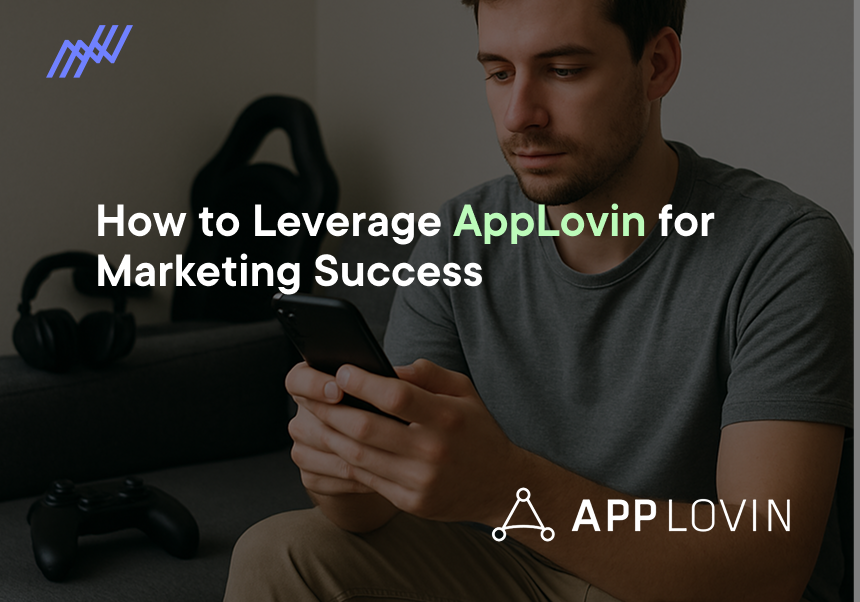

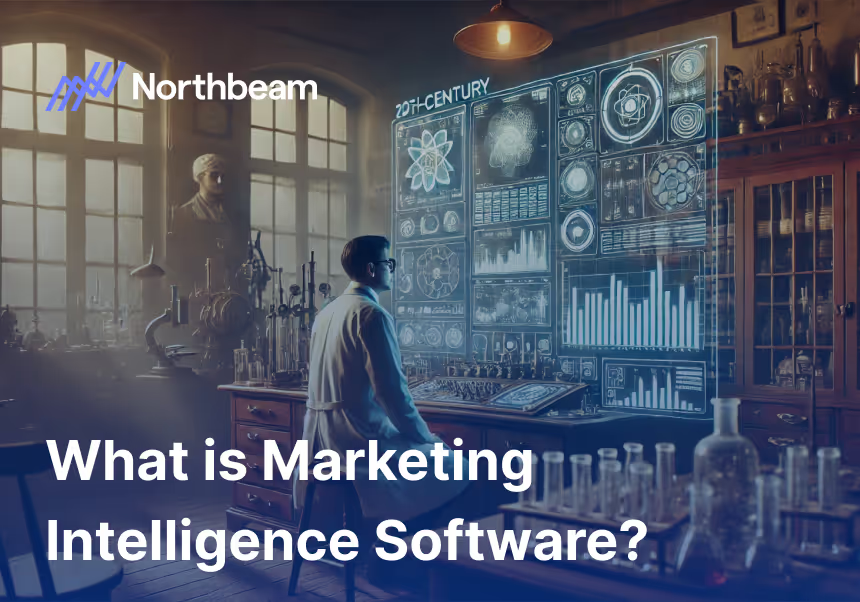


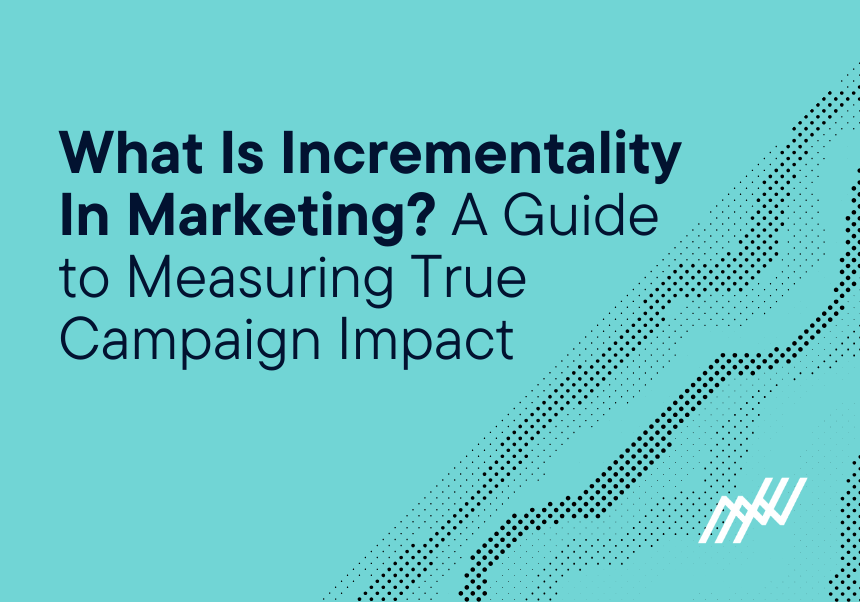


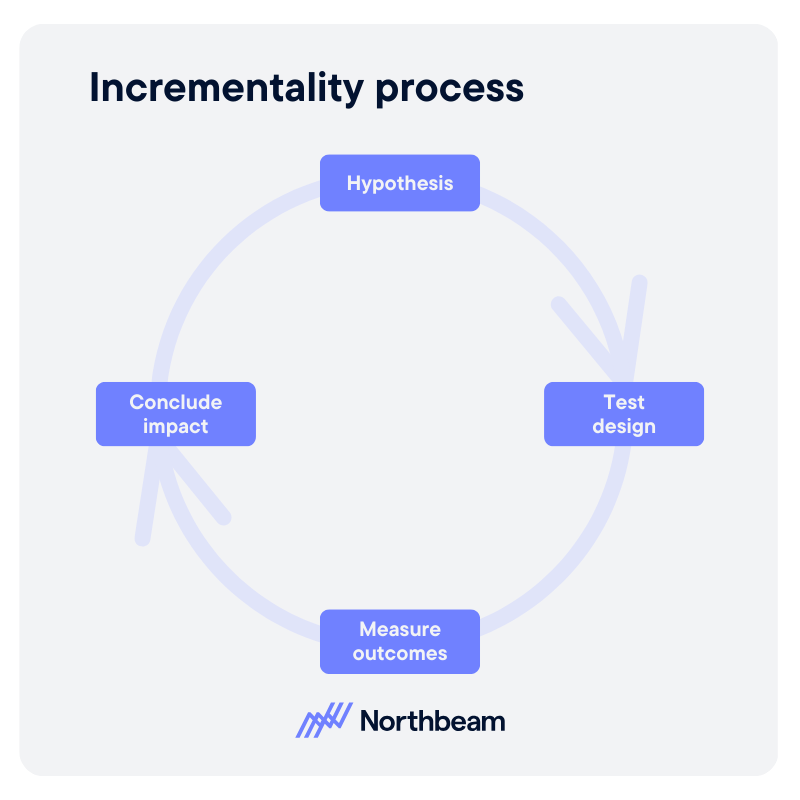
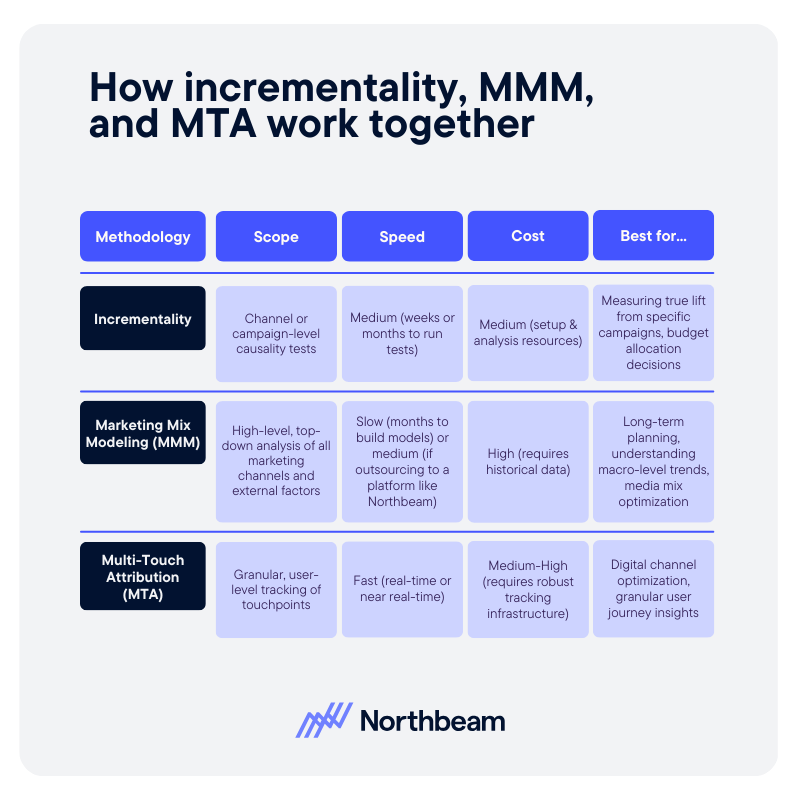



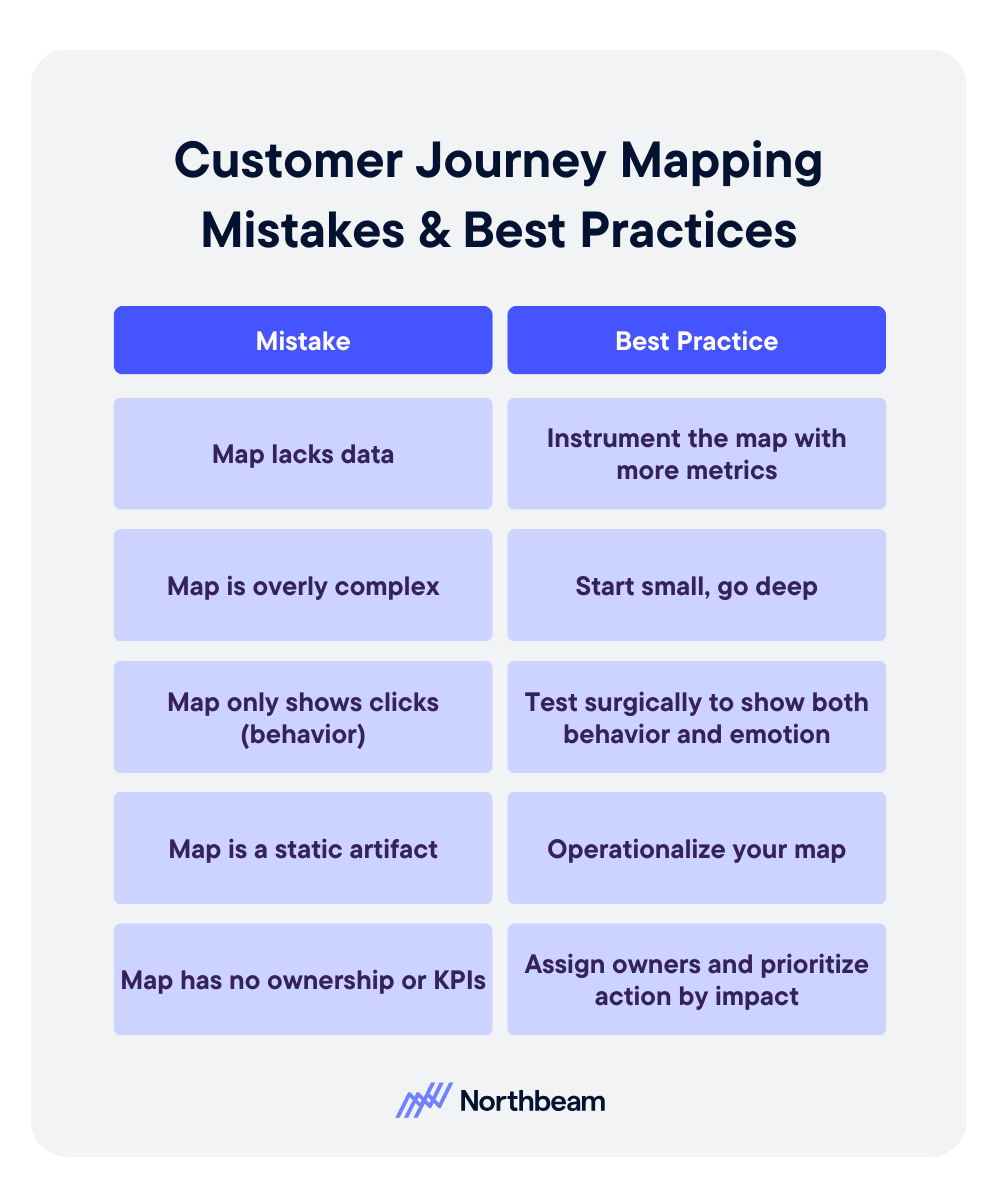


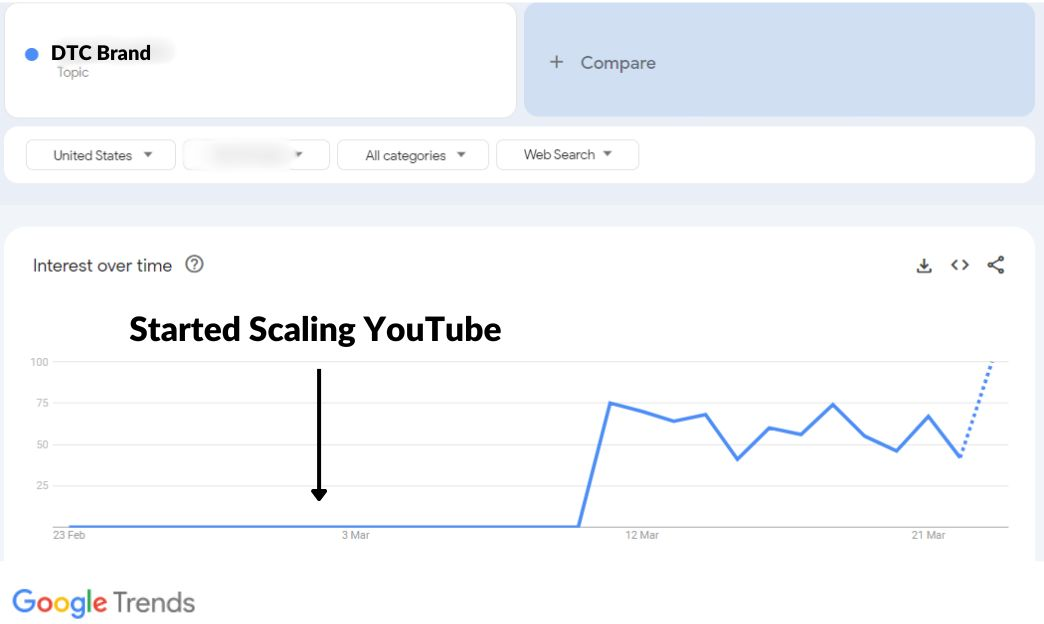
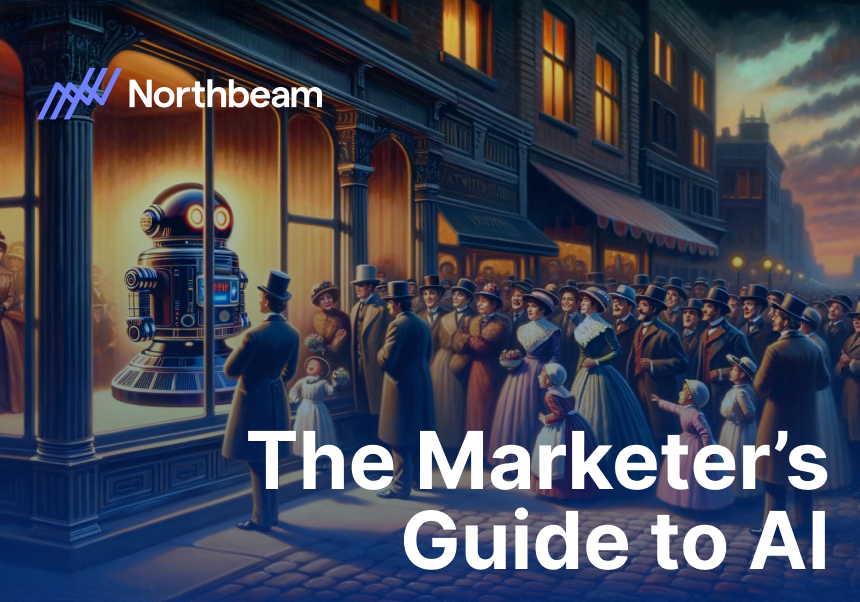

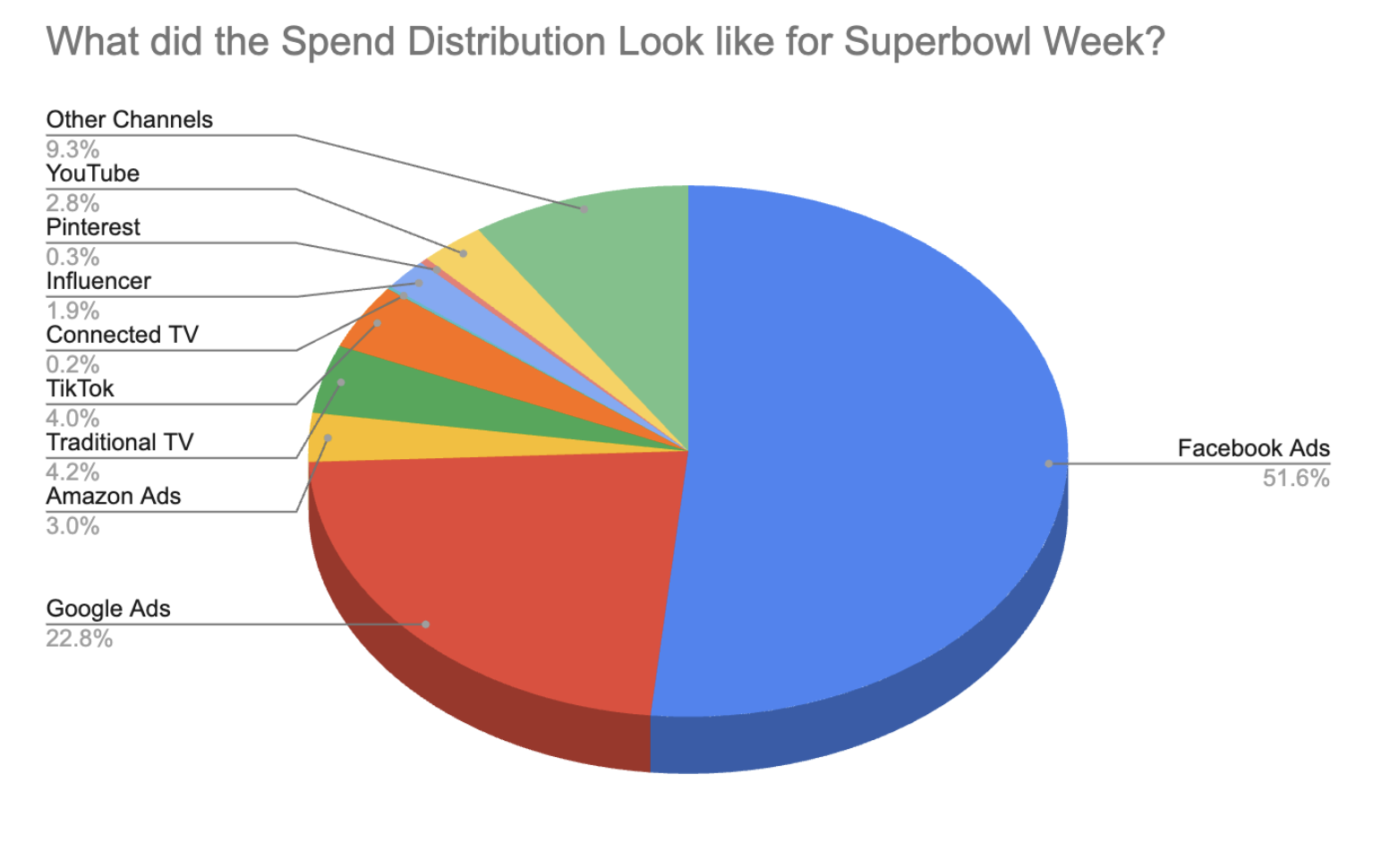



%25201.png)

.png)
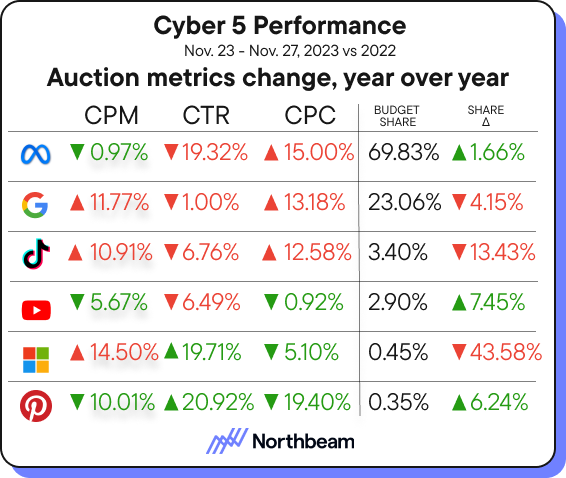
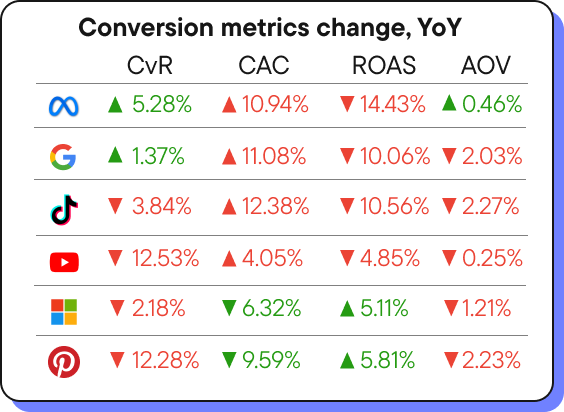
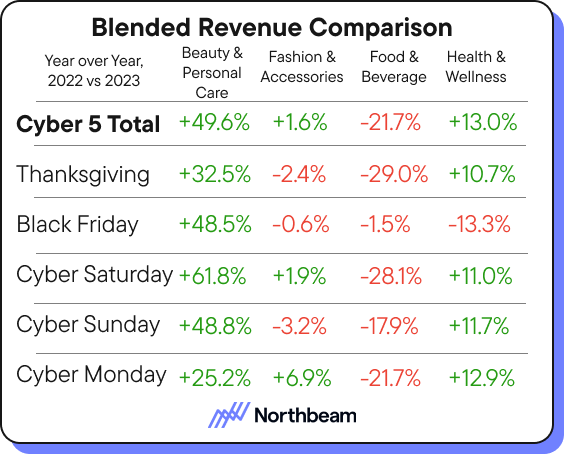
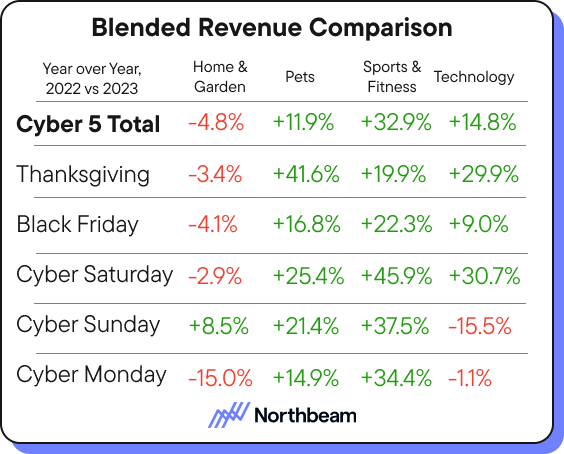

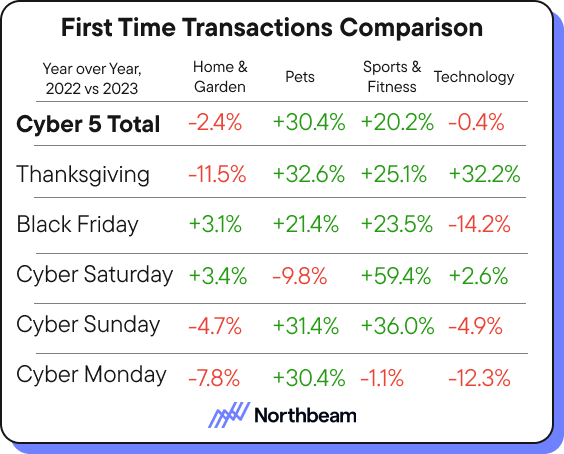


.jpeg)

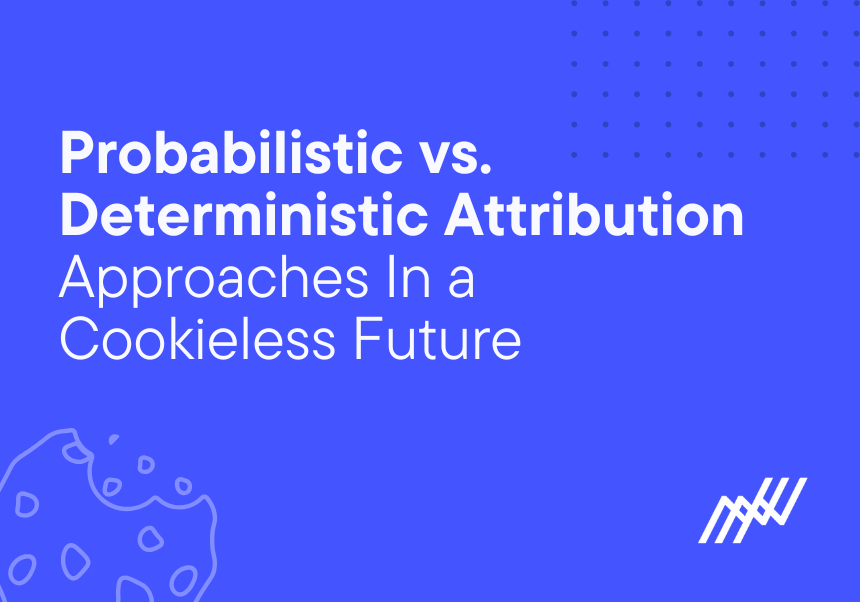


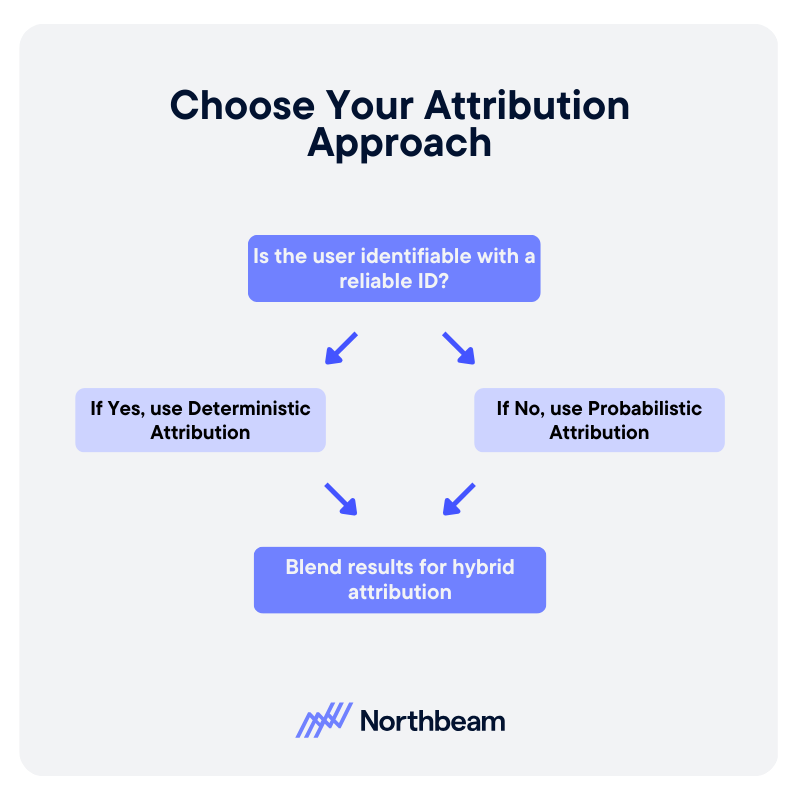




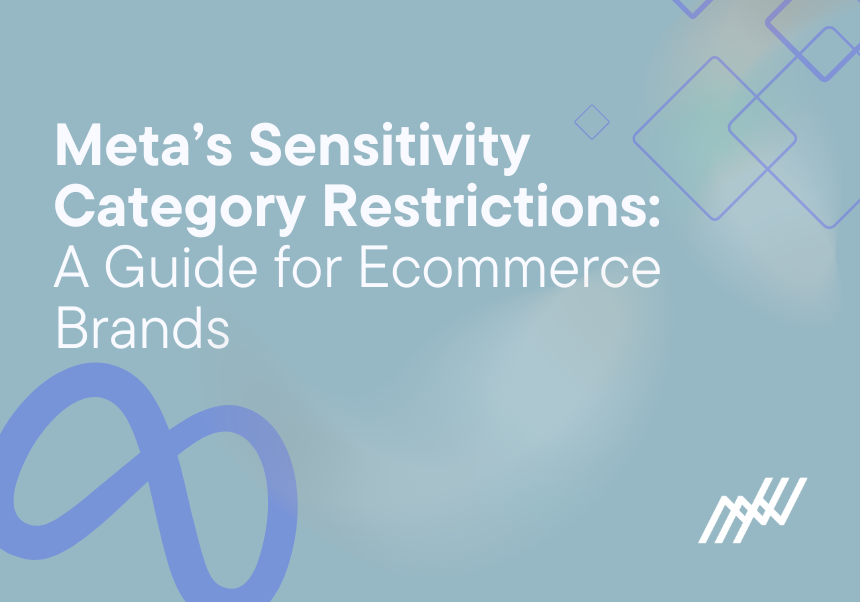
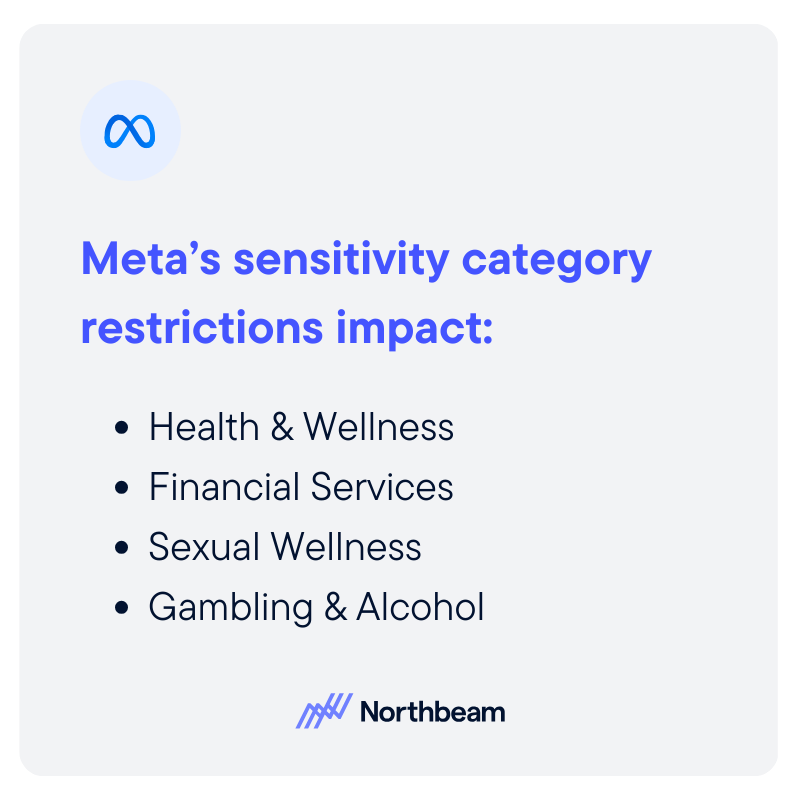


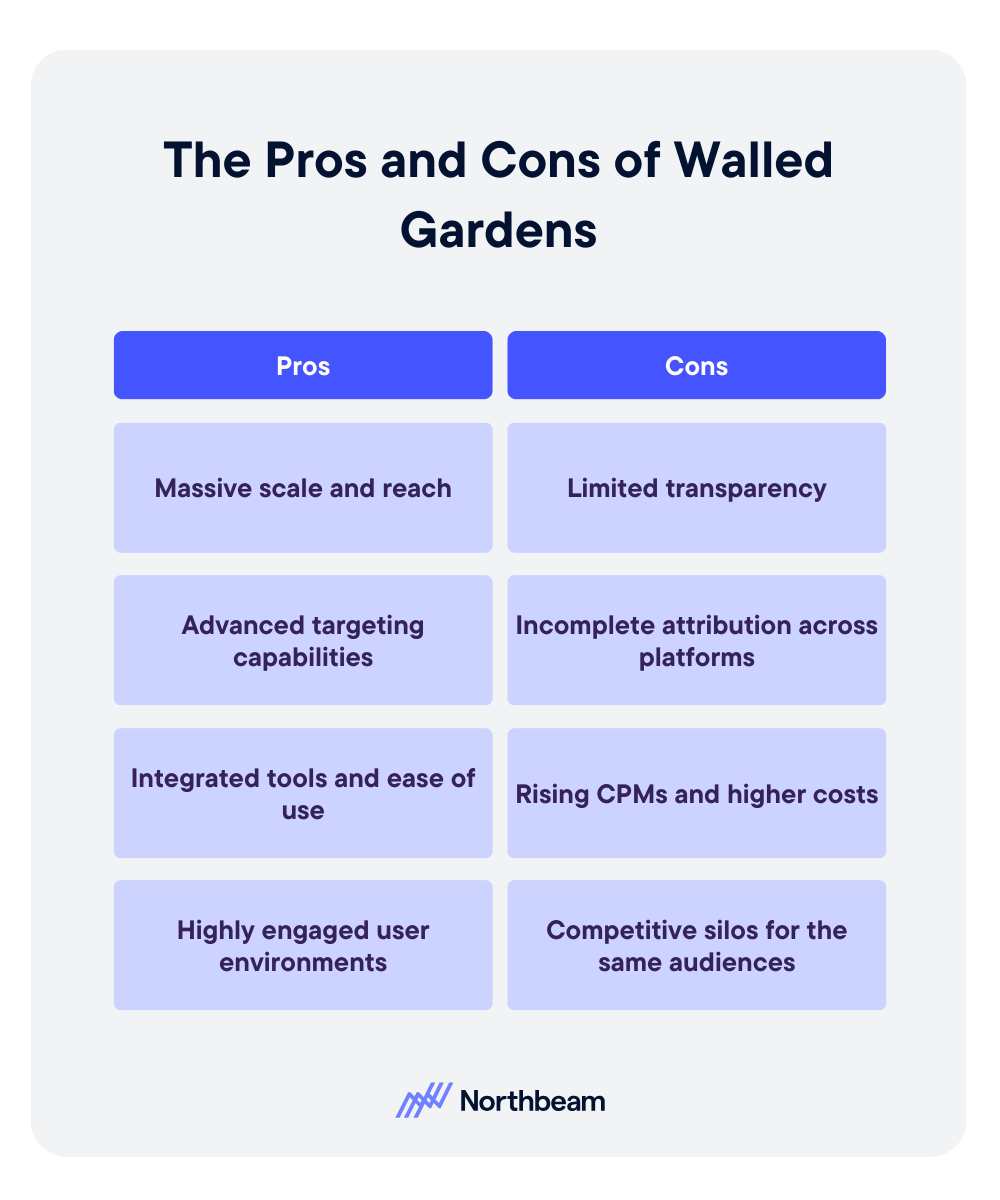
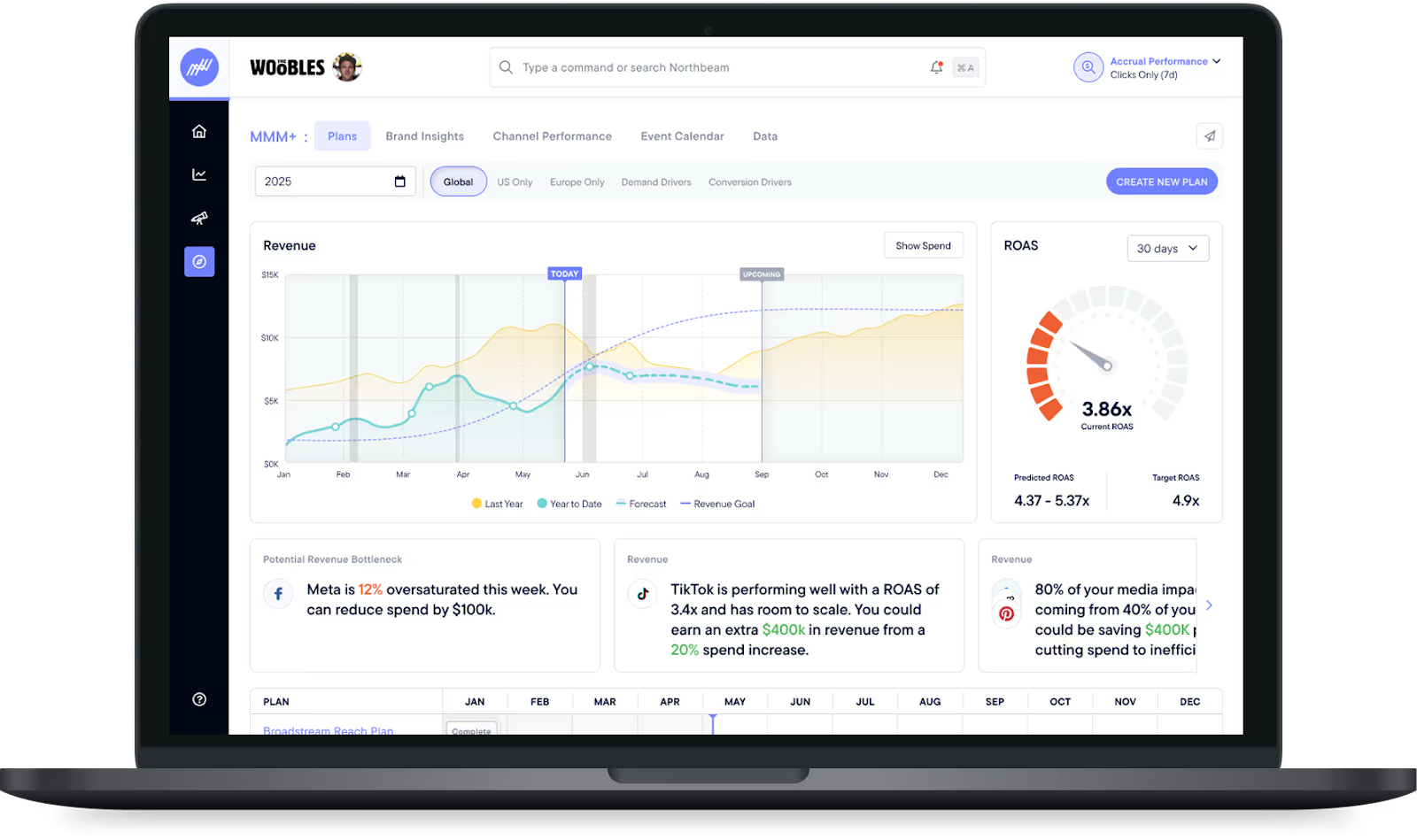
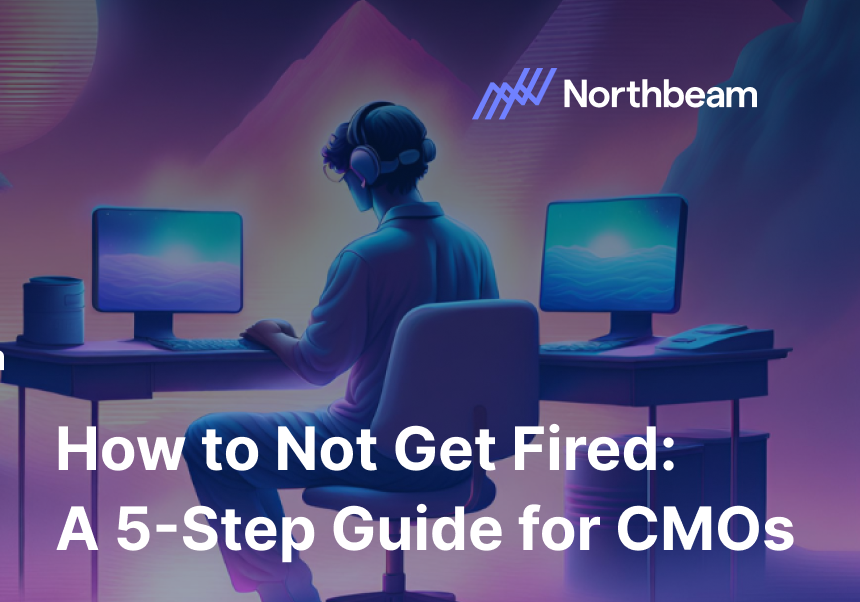
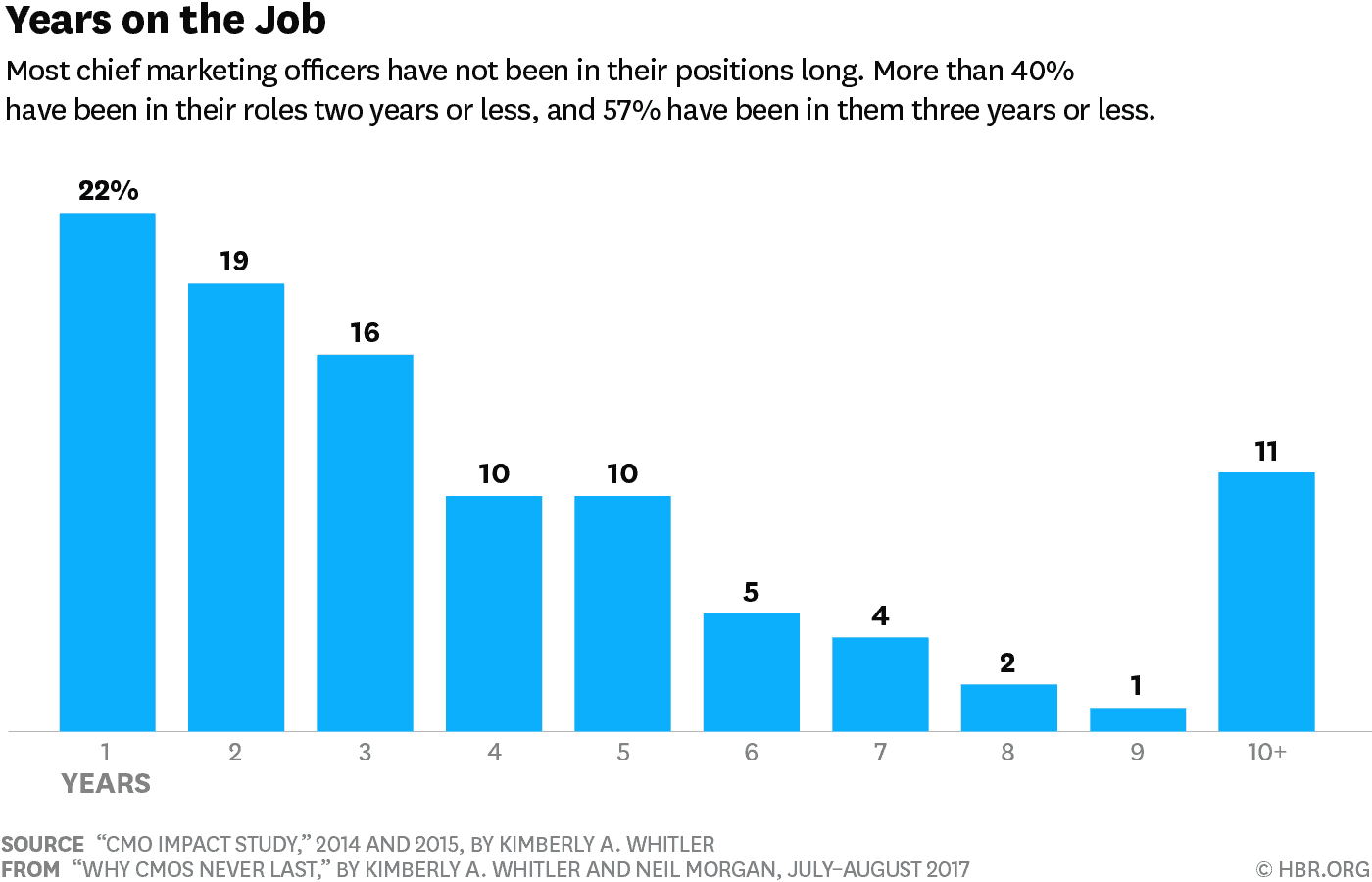
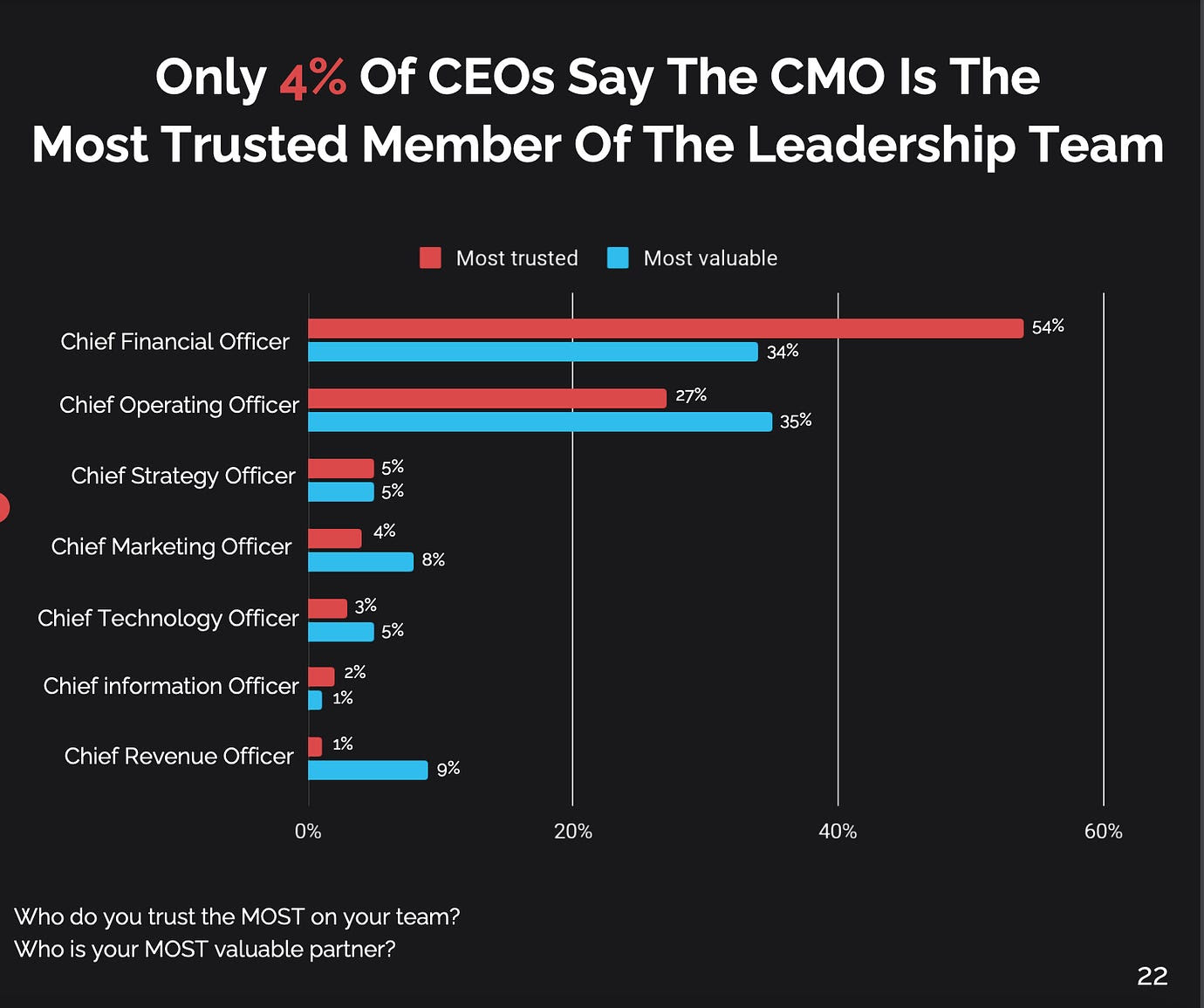

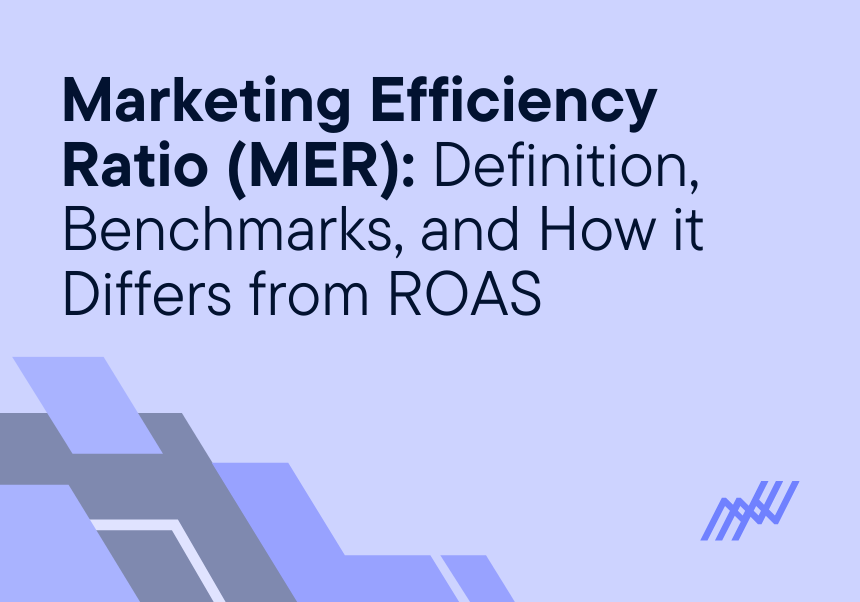
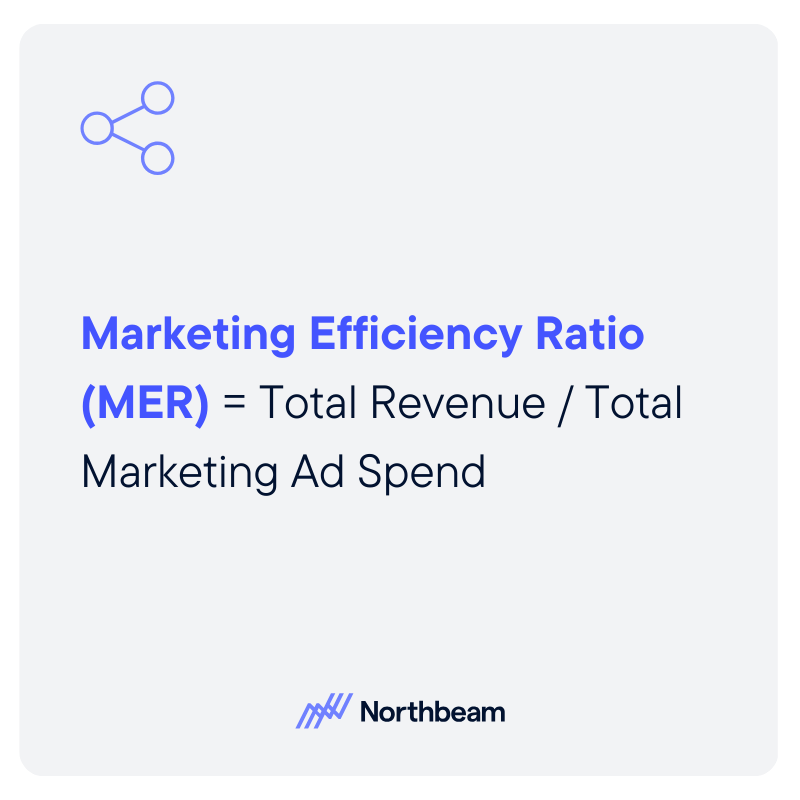











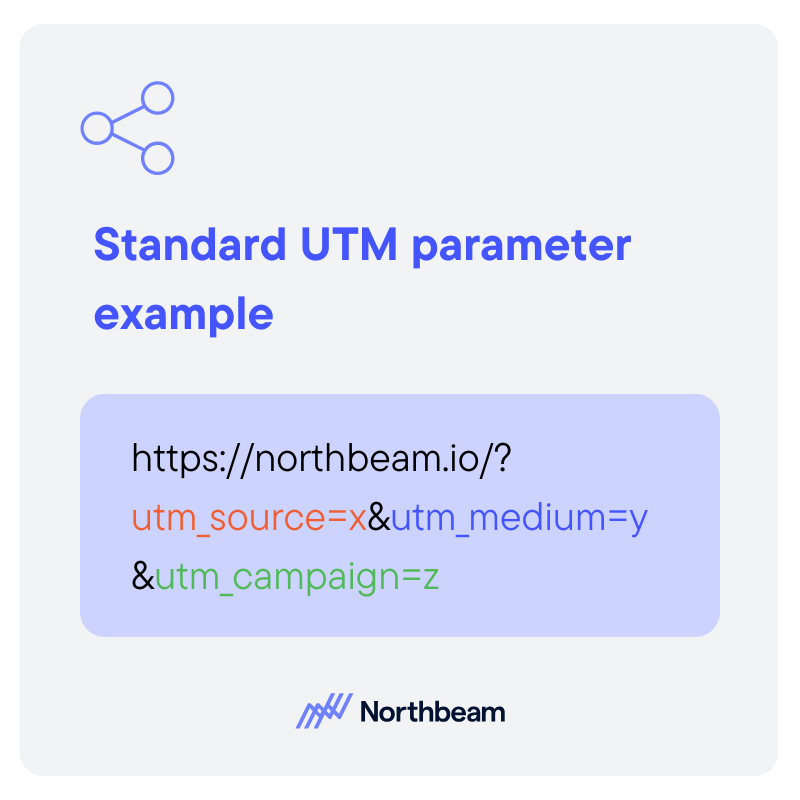

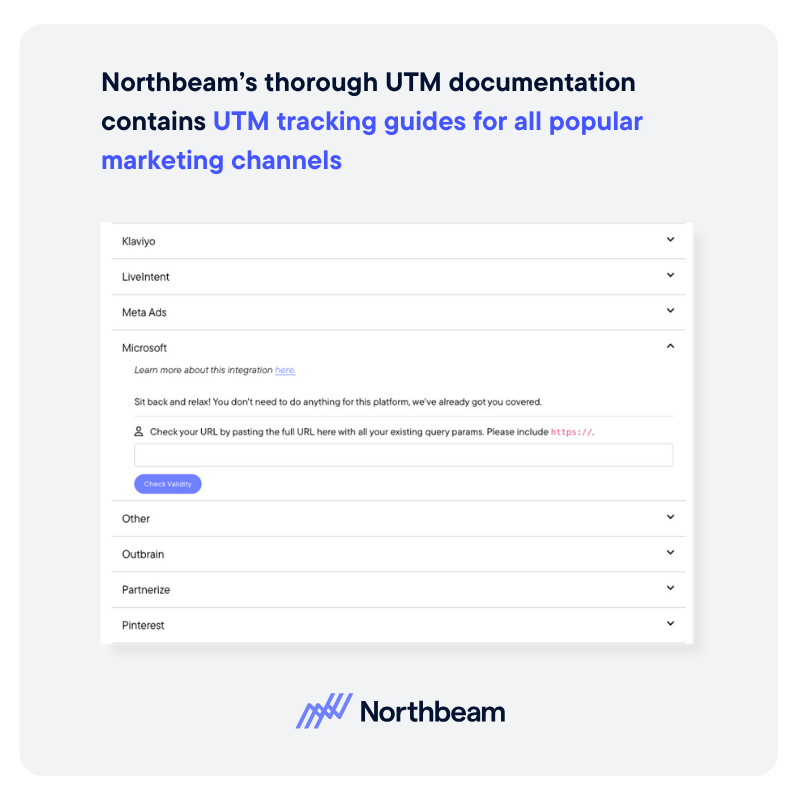

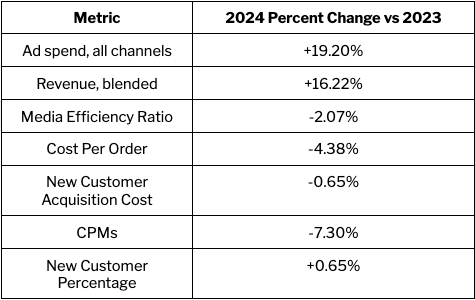

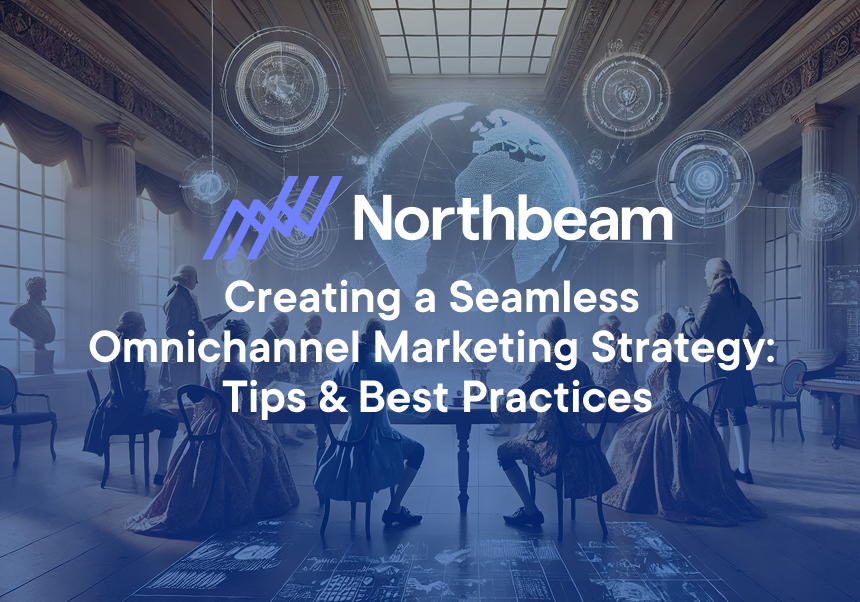
.png)

.png)
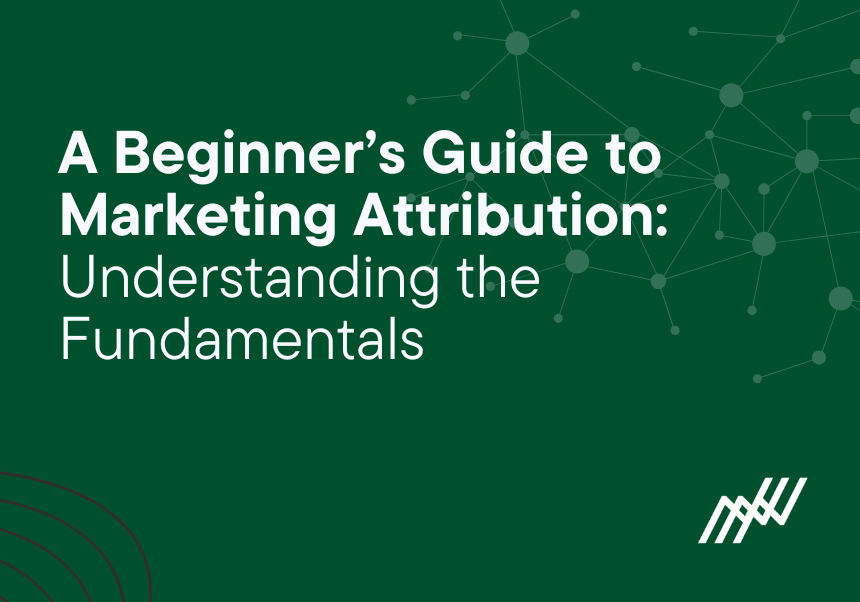
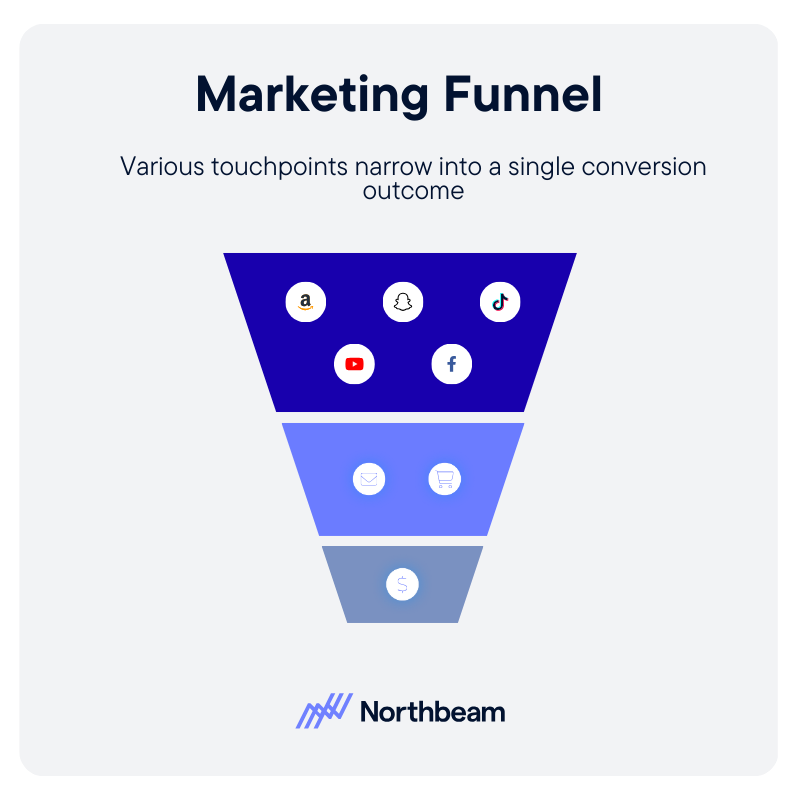
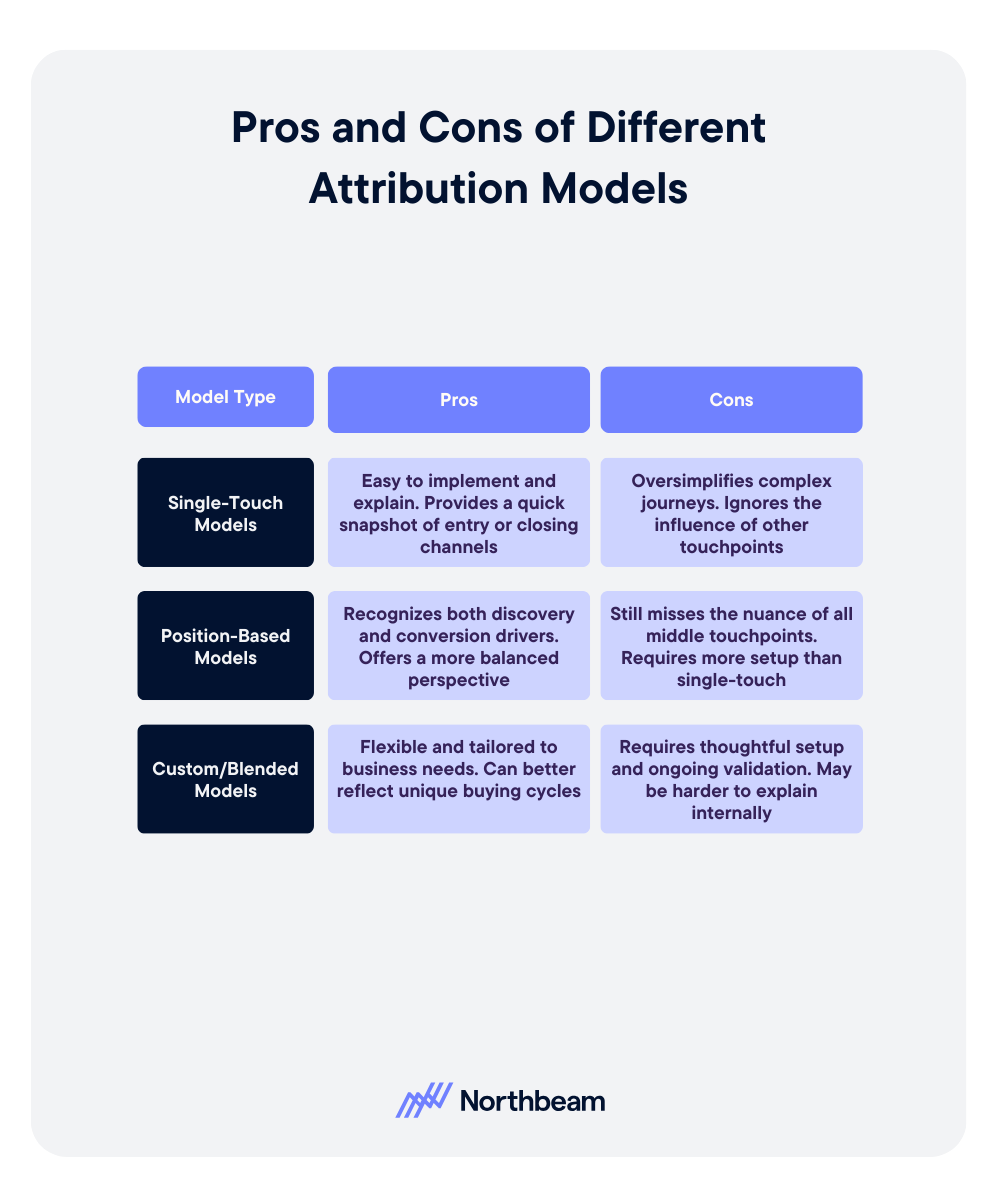




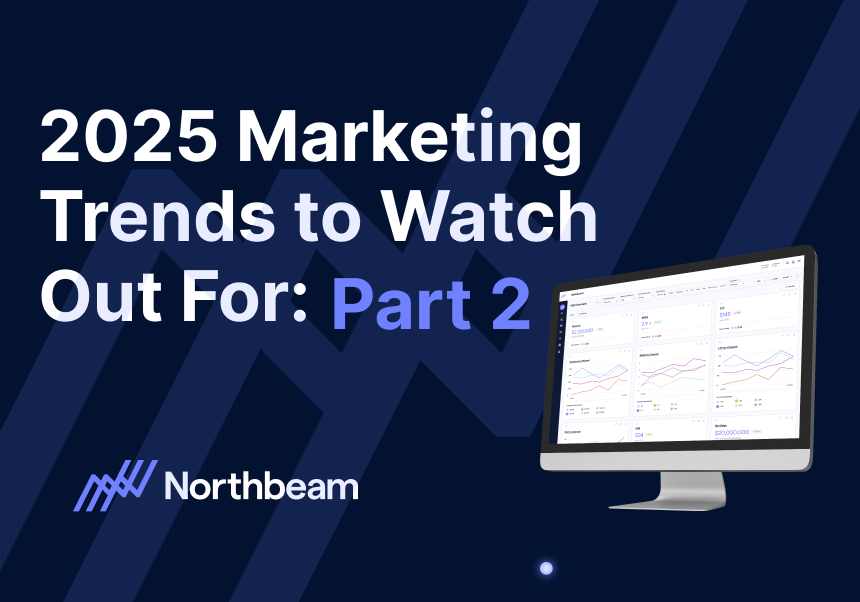
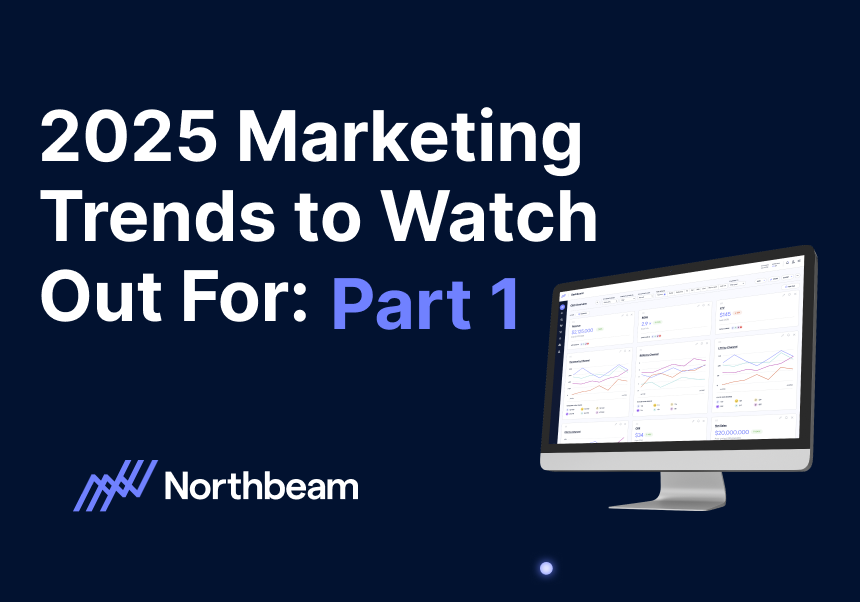



.svg)
